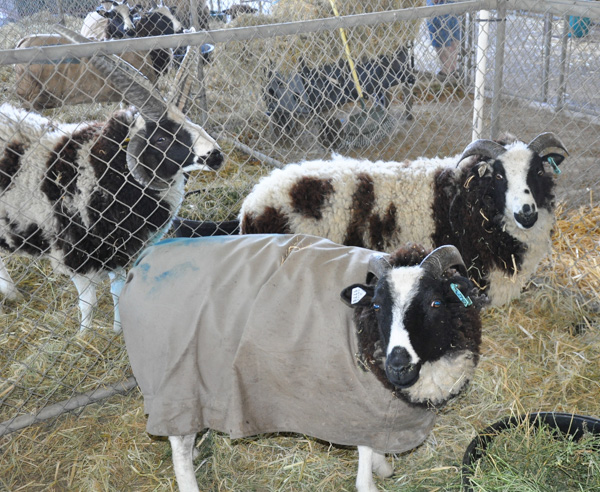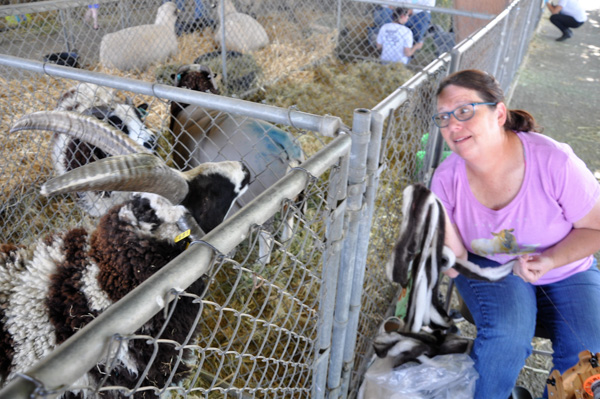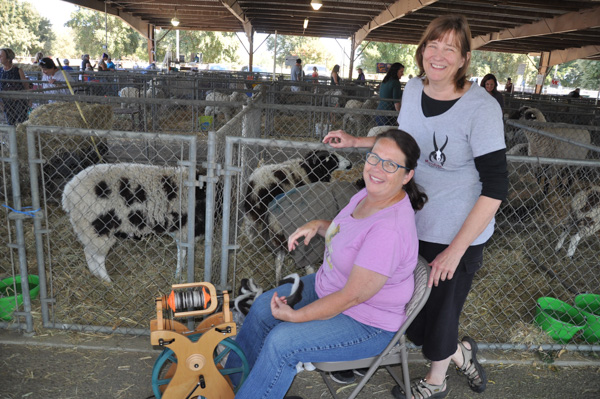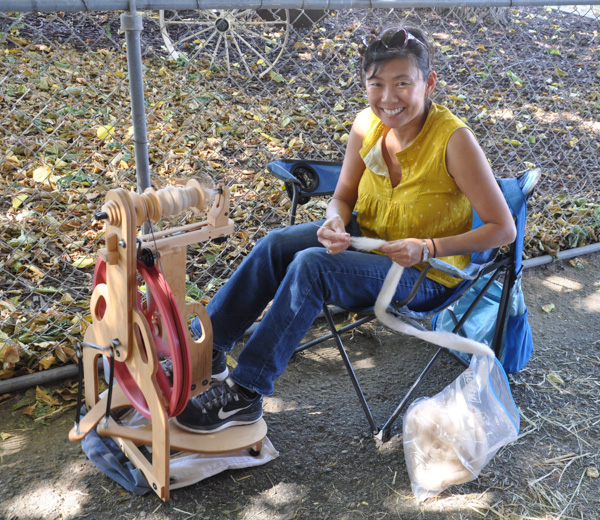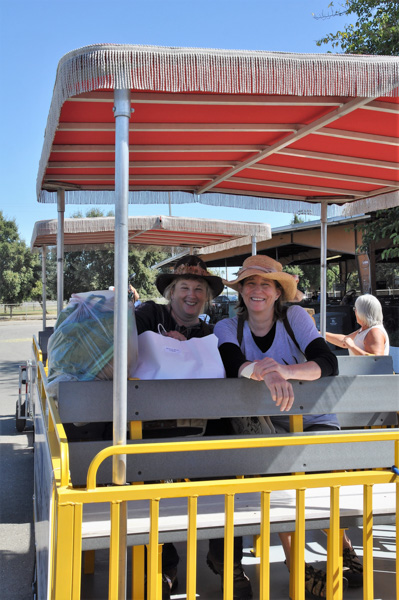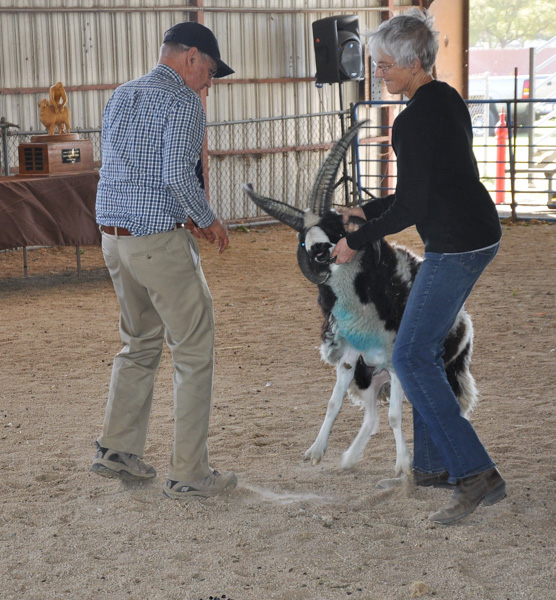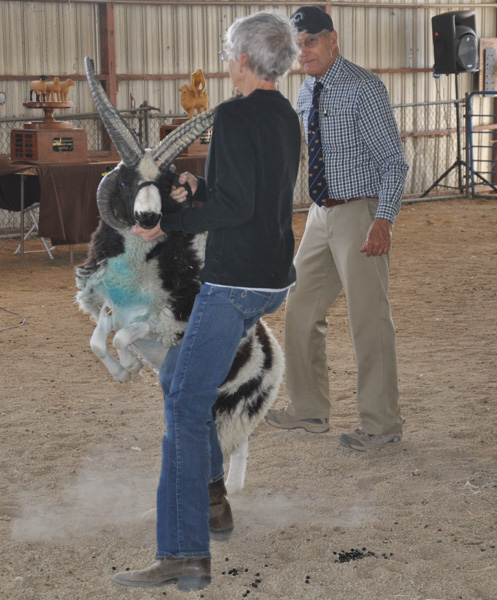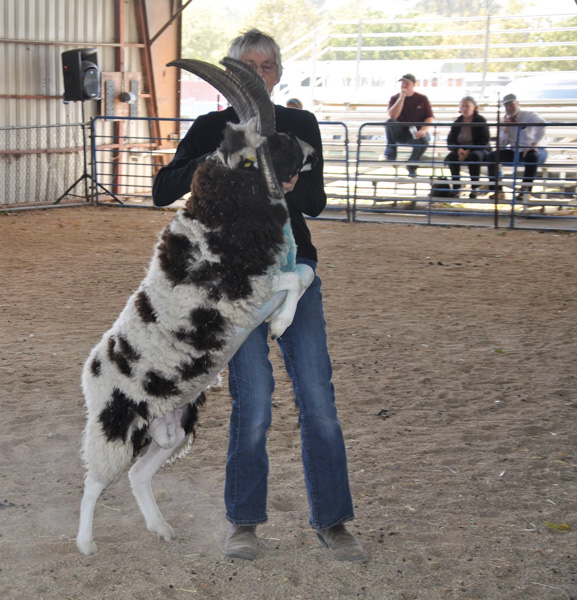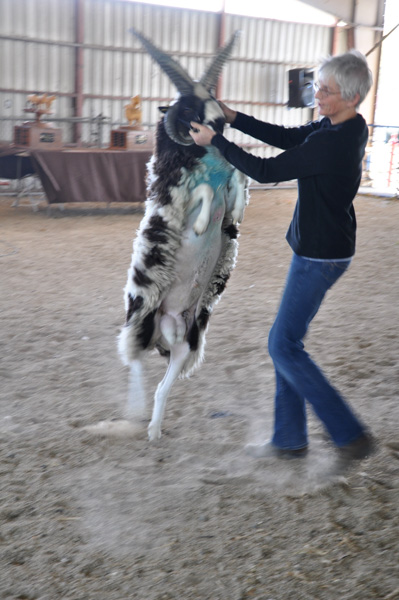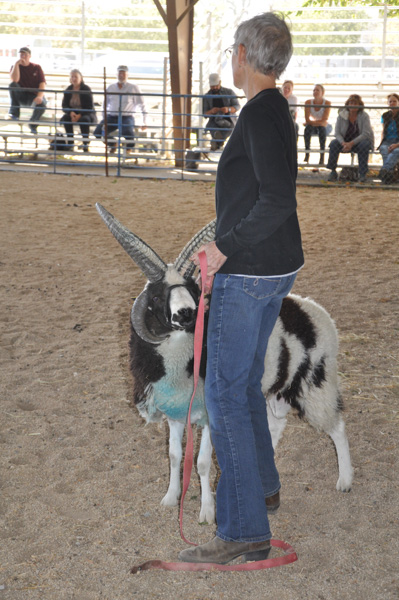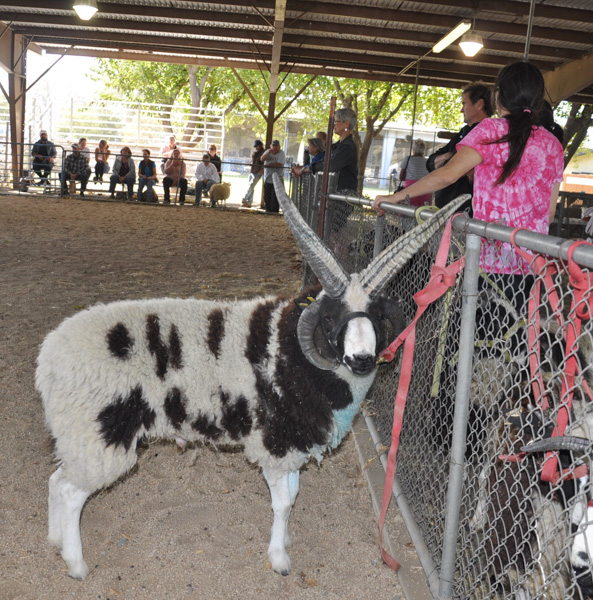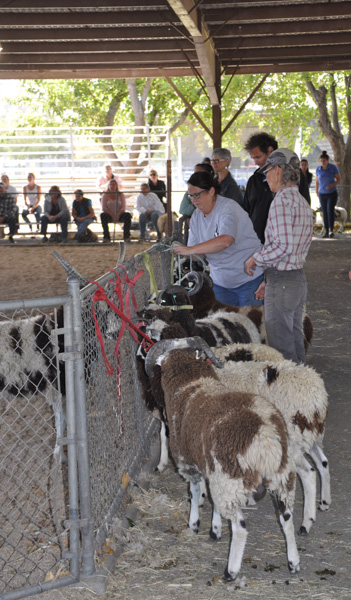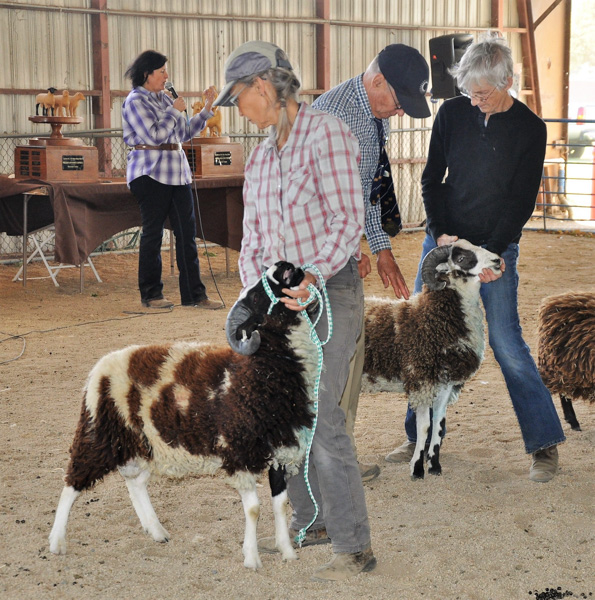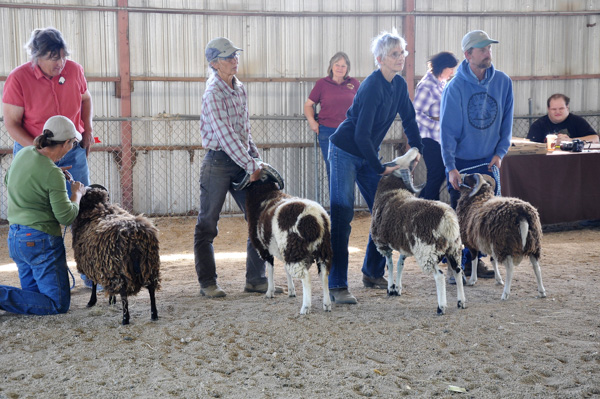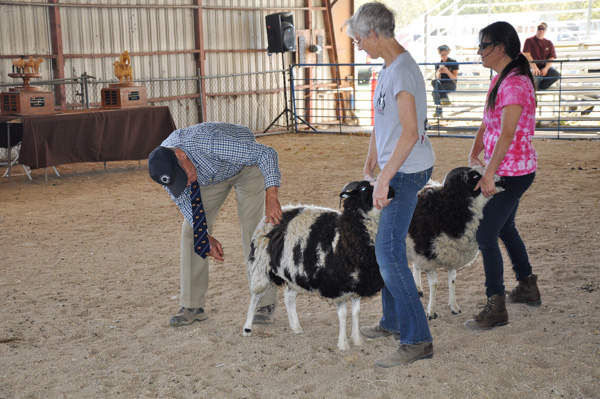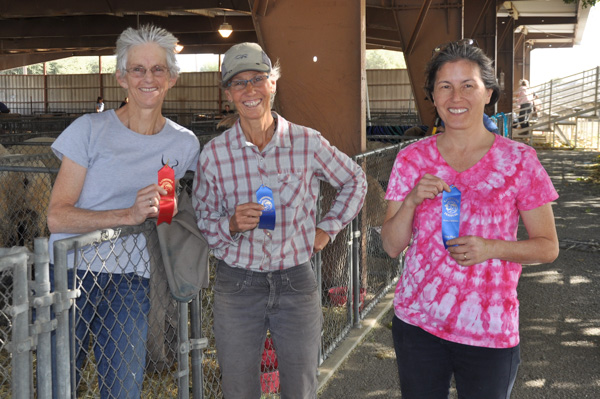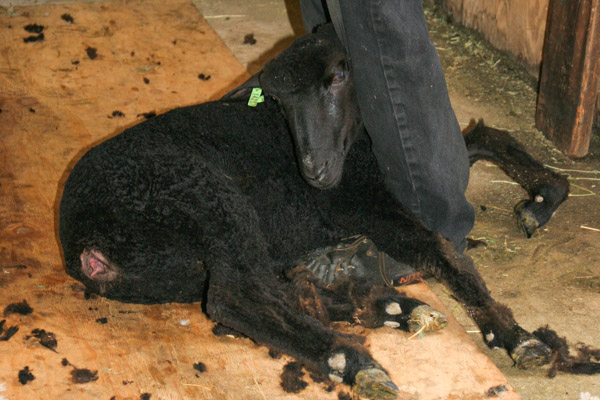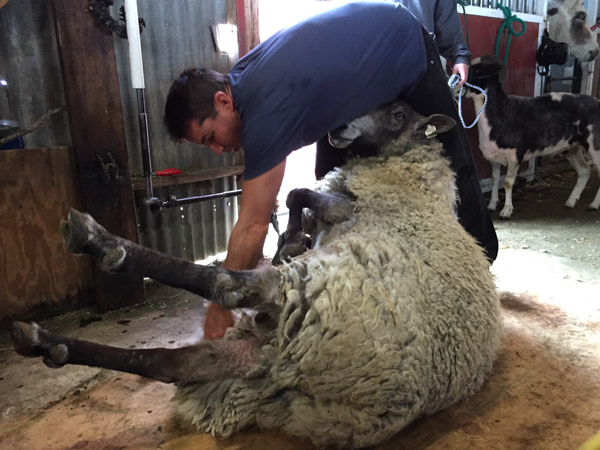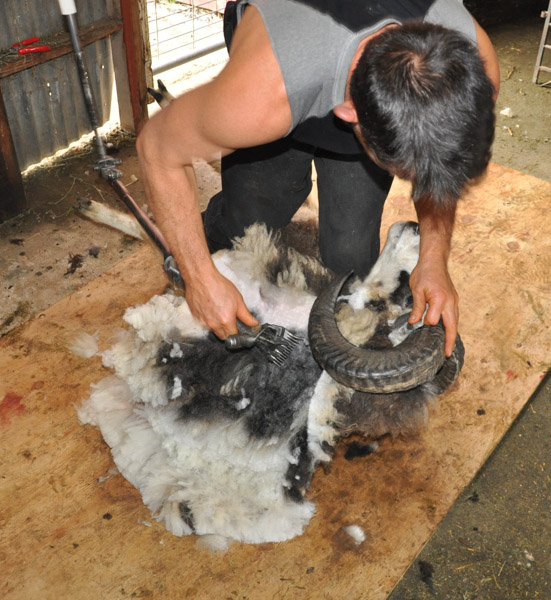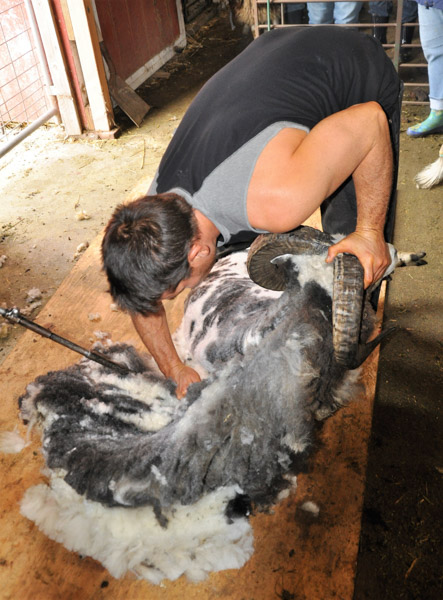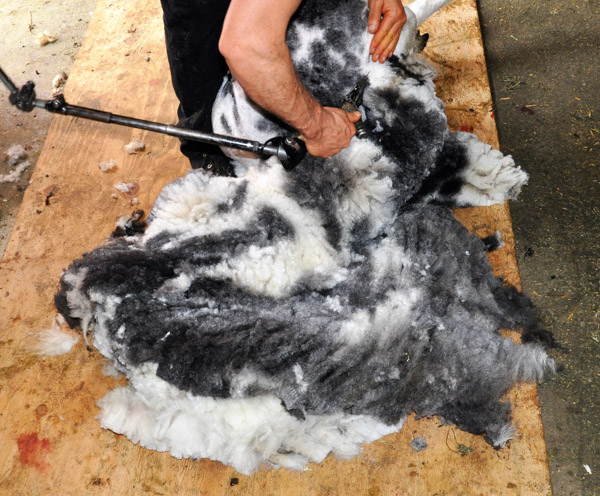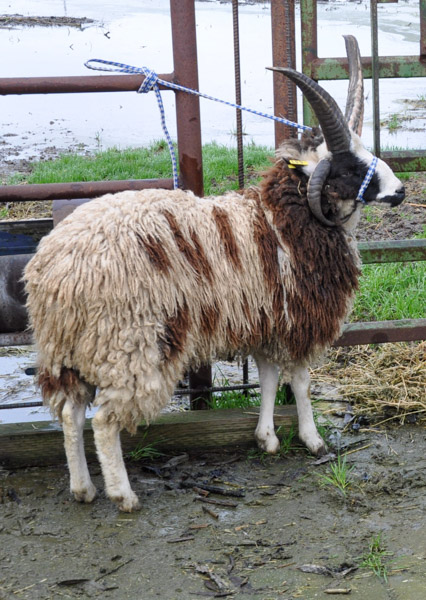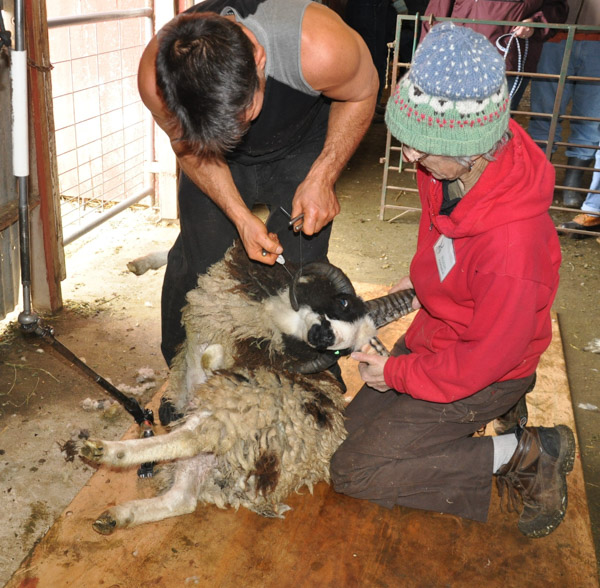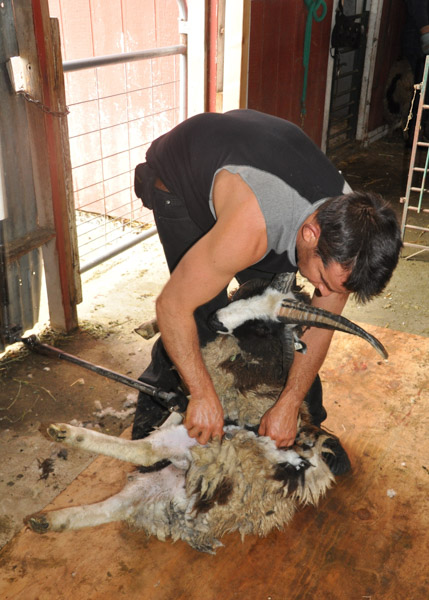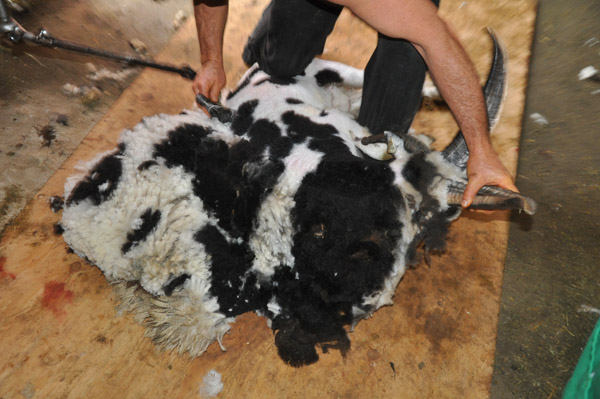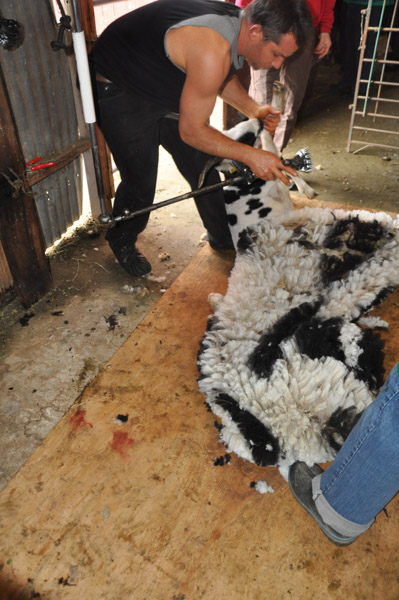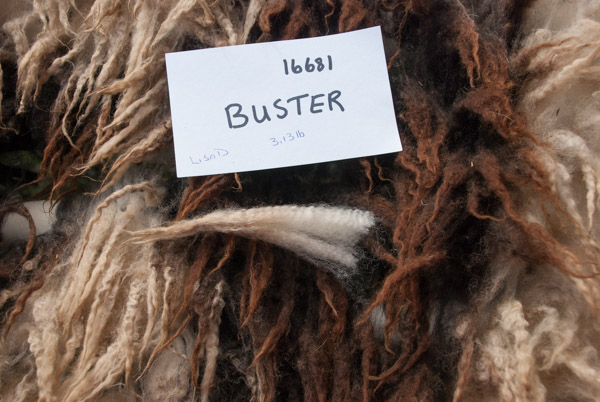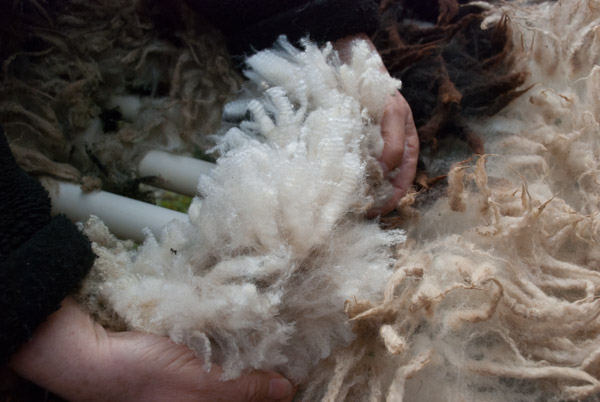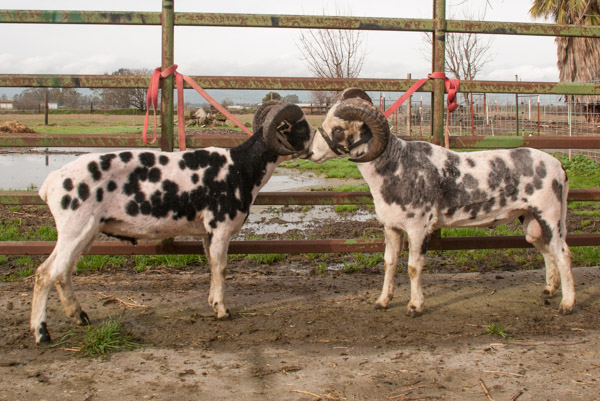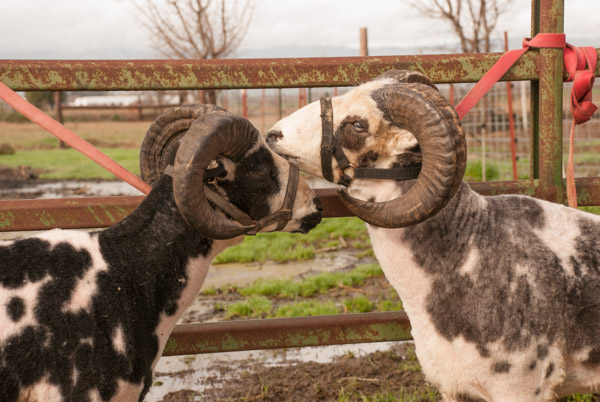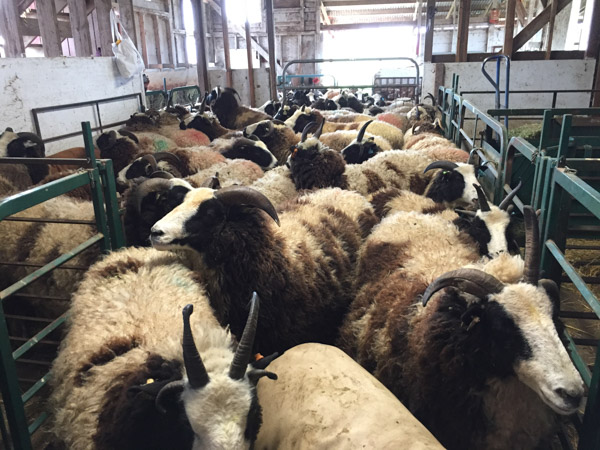We all have to make difficult decisions at times. I was in that position last month about a ram I had bought only a couple of months previously. Today I had confirmation that I made the right call. WARNING: There are some yucky photos part way through this post.
I wrote this blog post about the trip to pick up a new ram in early August. I have looked through my photos and can’t find a “before” photo of the left side of Legolas. This is the one that was posted on Facebook by the seller:
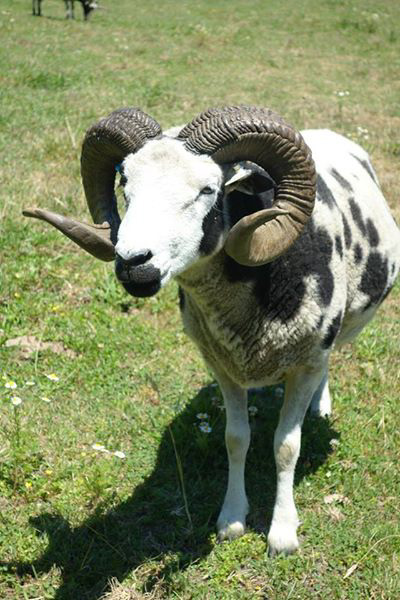
In early September I noticed that his horn looked like this on the left:
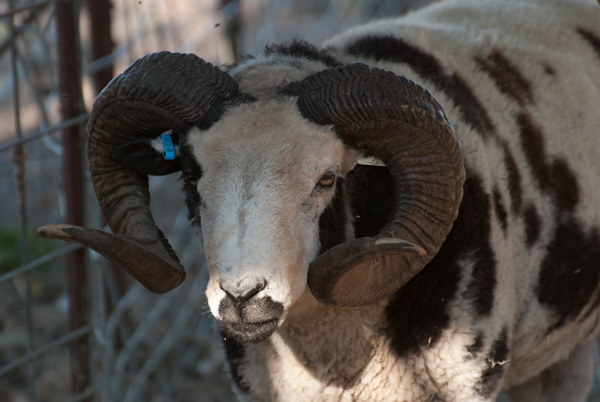
That left horn is touching his face. I knew that the horn wasn’t like that when I bought the ram and I was amazed that it could grow so fast that in a month. There was no obvious sign of damage. I had noticed flies around his horns, but again, no sign of blood or a wound. With the horn that close to his face it would be a problem if it continued to grow that direction, putting pressure on the jaw. Even if it didn’t grow more there would be continued skin irritation at the point of contact.
A few days later I caught Legolas to figure out what to do about that horn. I couldn’t even get my finger between the horn and the jaw. Here is what surprised me. When I held the horn not only did it move, but I could see movement in part of the skull where the horn was attached. Yikes!
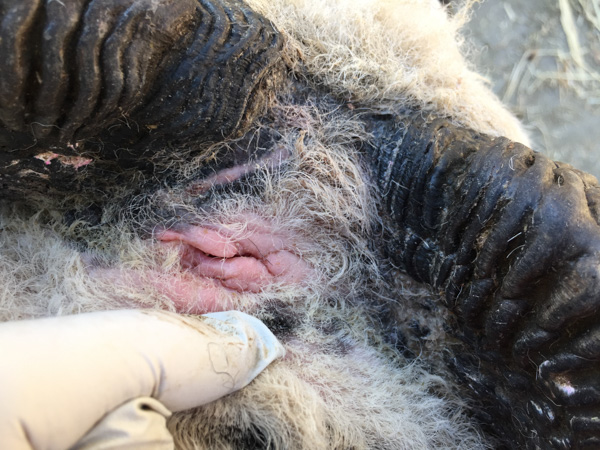
Behind the horns I found a small opening, which got a little bigger as I scrubbed with hydrogen peroxide. This had been covered with hair and really wasn’t visible until I started cleaning up around it. I could squeeze out a little bit of pus but not very much. There was minimal blood or drainage and the edges of that wound looked already healed over, just not healed together to close up the pocket.
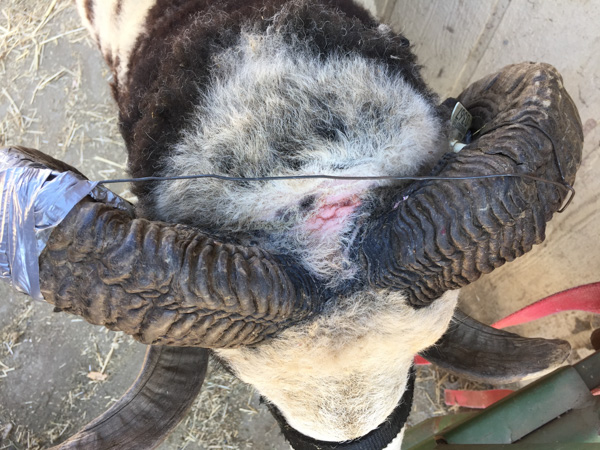
I could move the horn (and skull) so that there was a little space between the horn and the jaw, so I tried to anchor the horn in place with duct tape and wire attached to the other horn. (This was the most mild-mannered ram I’ve ever worked with.)
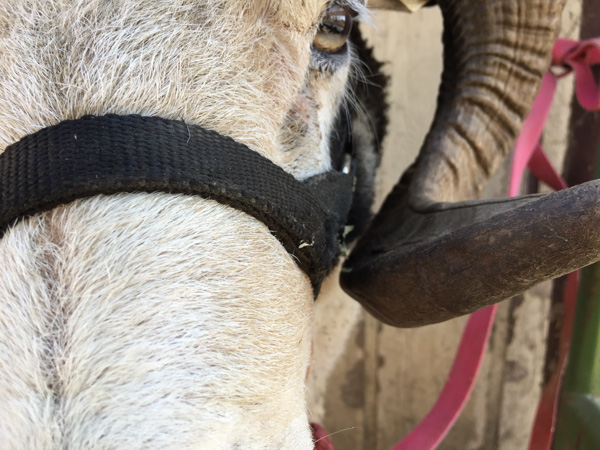
This is all the progress that was made by that–not much but better than touching the jaw.
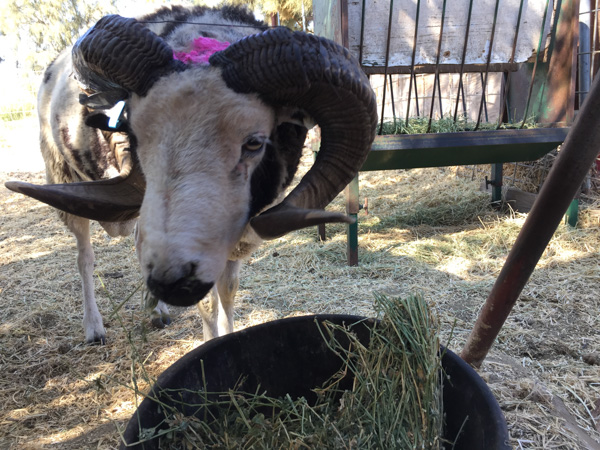
That pink stuff is Swat to keep flies away. As I was working on this I was thinking that I didn’t remember these rams fighting, but that would be the only way to account for this injury. At the time I think I just had Catalyst and Marv in the ram pen. When I first brought this ram home I used the “buddy-up” pen, a very VERY small pen where the rams can tussle with each other but not move backwards and run at each other. They usually fight in this small pen where they can barely turn around and when they move to the big pen after a couple of days they mostly behave themselves. They may still posture and fight but hopefully they quickly figure out the hierarchy and the hitting isn’t as violent.
I looked back through my videos and found one of Catalyst (another two-horn ram) and Legolas making some pretty hard hits. Then I remembered that a few days after I moved them all out to the ram pen I was worried about Legolas. He seemed “off”, shaking his head and not eating much. Nasal bots will make sheep very uncomfortable.
Legolas also had bloody lips and gums. I remembered talking to my vet to find out if that was a another symptom of bluetongue because bluetongue causes edema, ulceration, and soreness of the mouth, in addition to listlessness and not eating (because of the sore mouth). At that time I treated him for nasal bots and with antibiotics to prevent secondary infection due to bluetongue. Eventually he got better.
But now, a month later, I realized that he had probably been injured the month prior but the damage to his skull was not obvious.
The wire and duct tape didn’t work. I didn’t take long for Legolas to start scratching and rubbing on the tree and fence and put the horn right back where it had been. I thought about using rebar or something stouter but I knew that I wouldn’t be able to rig up something stable enough to keep the horn in place and besides I wasn’t able to move it enough to be a long term fix. This was not a sustainable situation.
I made the decision to put the ram in the freezer. I am in the sheep business, not the sheep rehab and geriatrics business. Butchering the ram would provide meat and I would have his hide and skull to sell.
Before I can sell the skull it needs to be cleaned. I take the easy way out and put it out in the back and let nature take its course. Today some Farm Club members were here and some of them wanted to see the skull. I was amazed that we could clearly see the damage done to the skull by the fighting. This photo shows the skull fracture clearly:
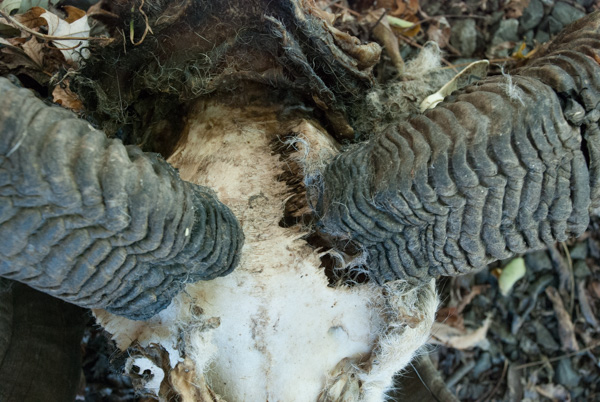
I have had two other rams die from fighting. Once, early on in my Jacob-raising days, one ram killed another (a 6-month old ram lamb owned by my friend but here for breeding) through the electric fence. The ram lamb was standing when I went into the barn and lying dead at the fence when I came out. (I tried butchering that one myself but that wasn’t so easy. Now that I’m thinking of that I remember that my daughter and I finally dug a hole to bury him, thinking that eventually we’d be able to dig up a skeleton–she was taking a taxidermy class at the time.) Now I do all I can to separate breeding groups without fence-line contact. Another time I was watching when two rams (that had been buddies just a moment ago) started fighting and one staggered away and finally dropped. I took a wheelbarrow in to the pen to get him out and found that he was still breathing. I guess he was in a coma because it’s not normal to be able to load a living adult ram into a wheelbarrow, but I did. I was able to have that one butchered to salvage meat and hide.
The other memorable fighting ram story is about Ranger, a ram that had a beautiful fleece and personality. He wasn’t killed fighting but suffered a skull fracture. With that one I discovered how serious it was when I saw his eye bulging from it’s socket. The swelling in his head was so bad that it pushed the eye forward and the lid couldn’t close over it. I don’t remember if the vet came out or we just talked on the phone, but remember treating and covering the eye and I kept the ram in a small pen until the swelling went down and there was no movement of the horn and skull.

Talking sheep
At the time I asked the vet how to tell if there was brain damage. I still remember her answer: “It’s not like he has to drive heavy machinery.”
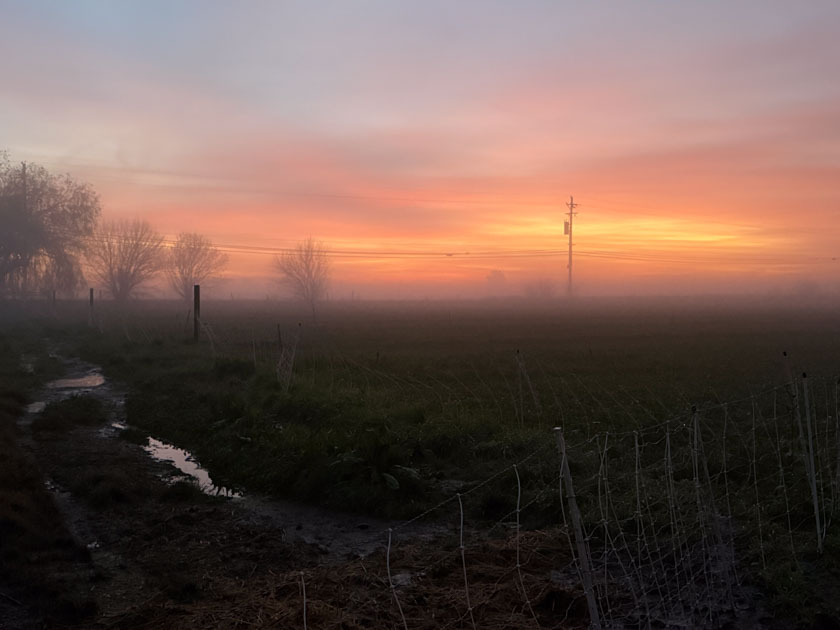


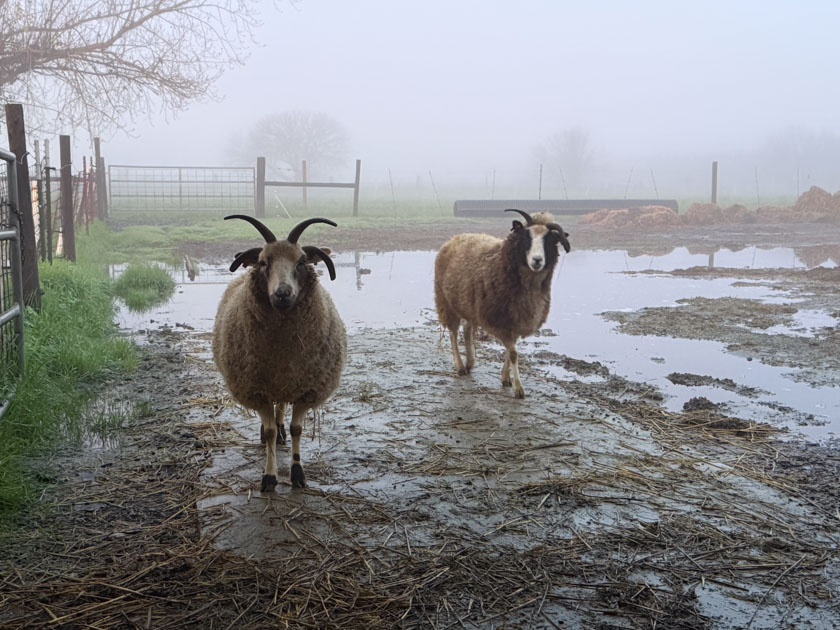
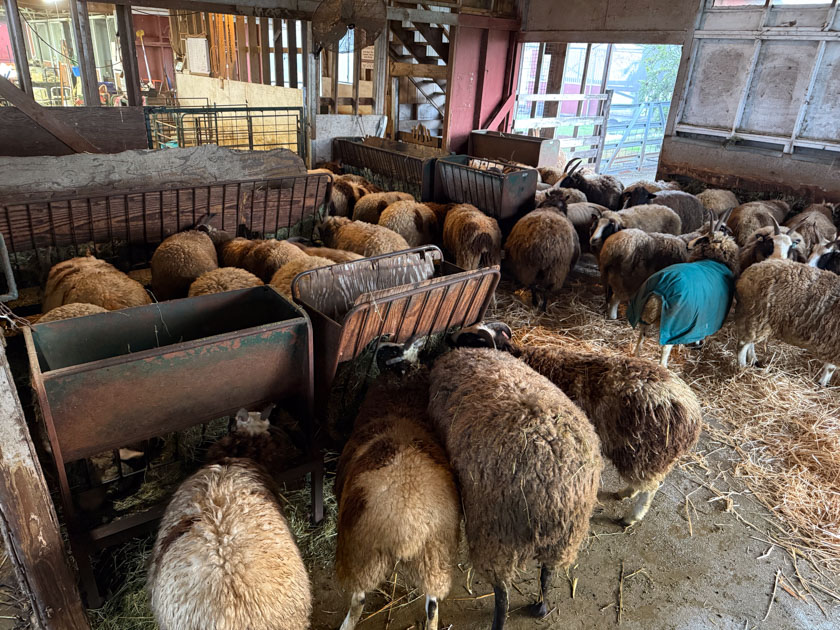
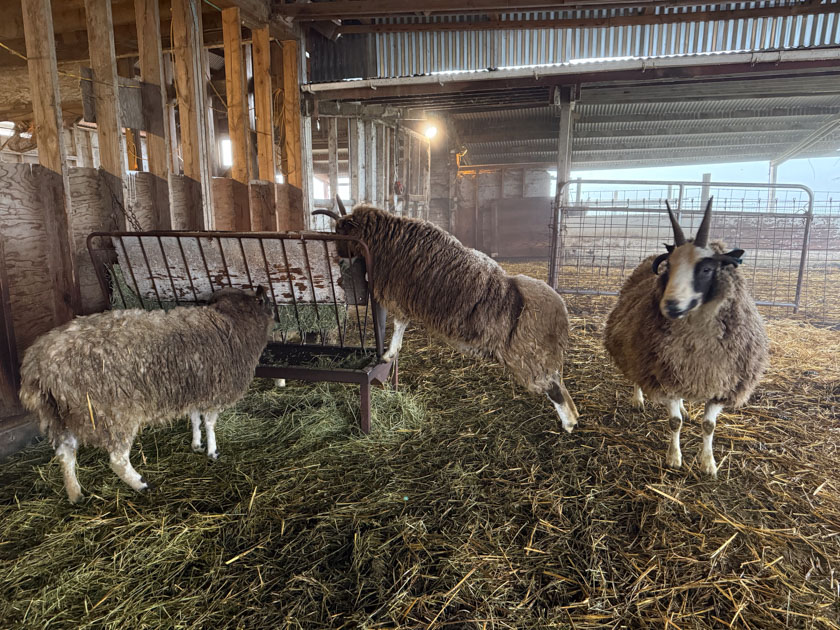

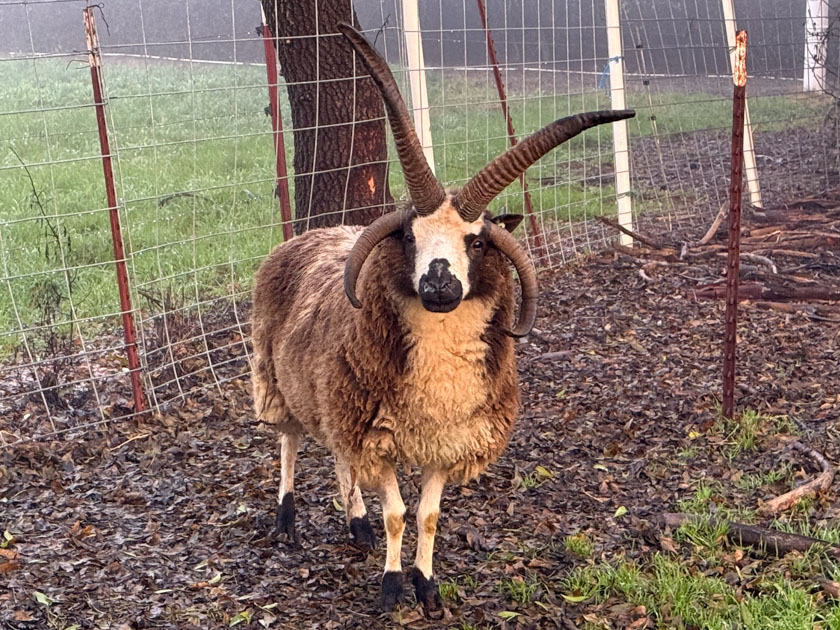
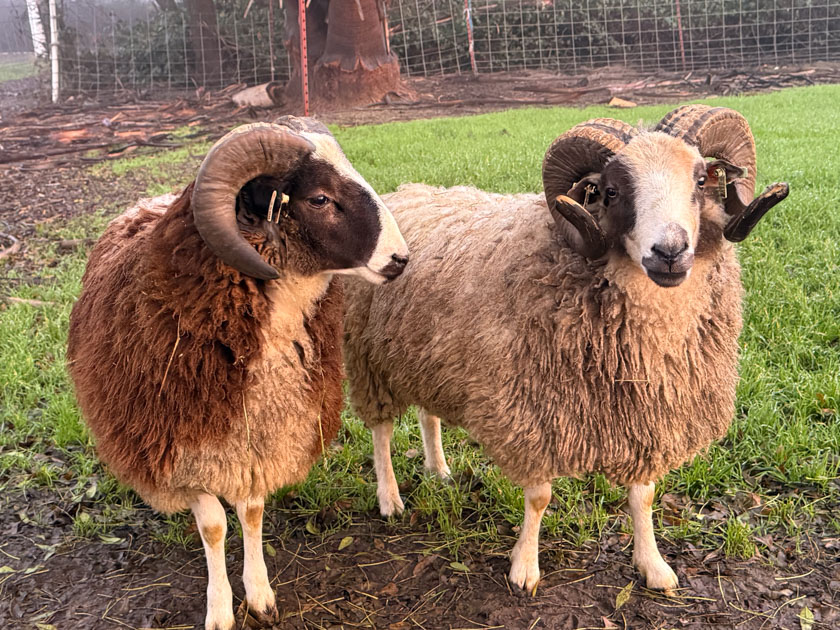


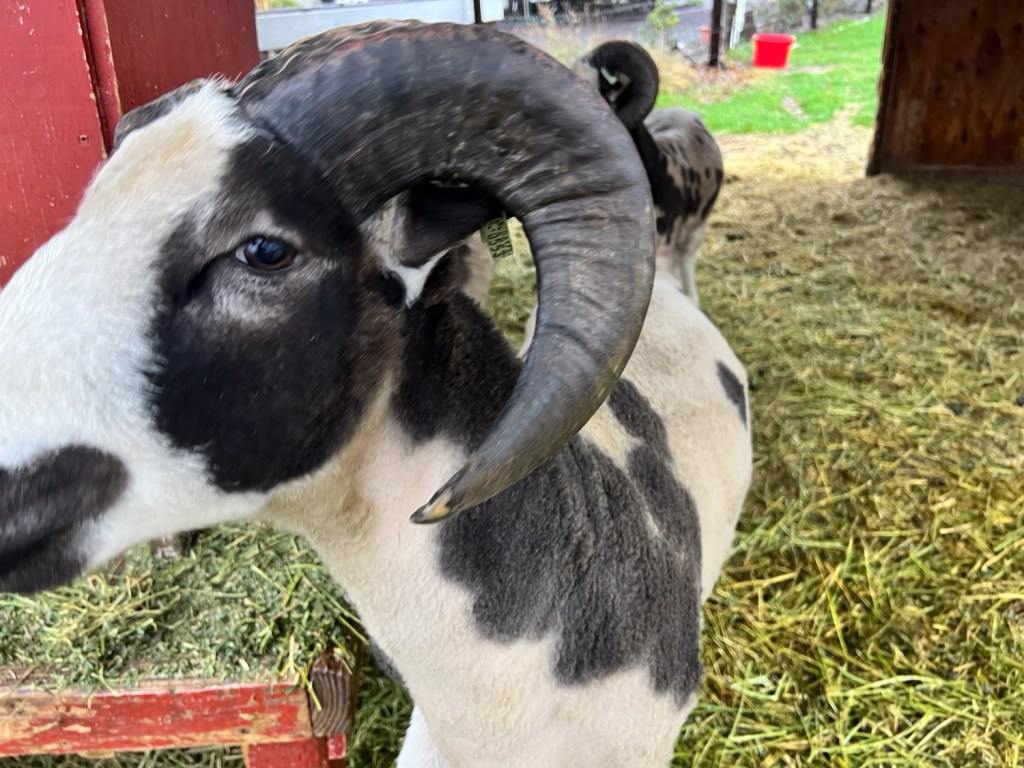



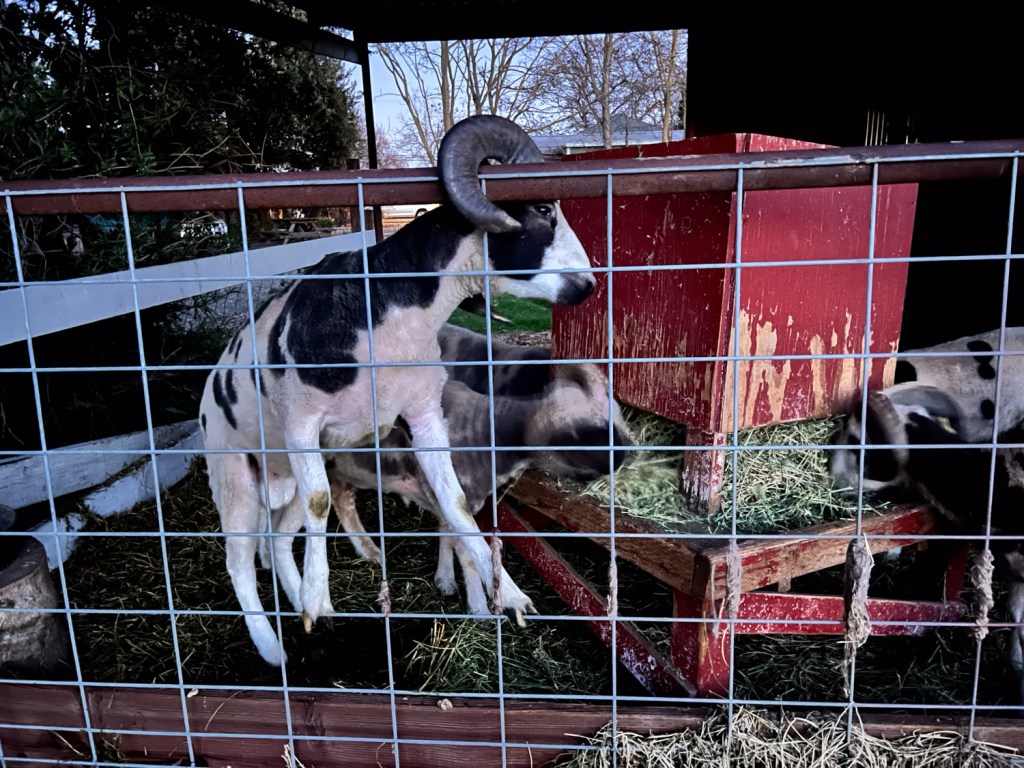
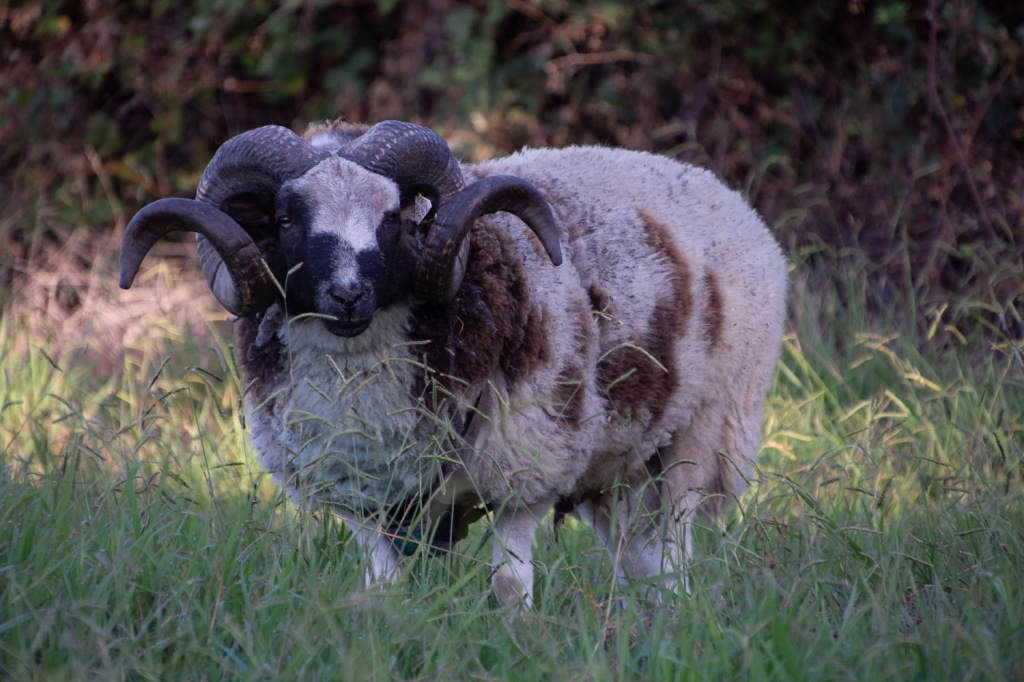
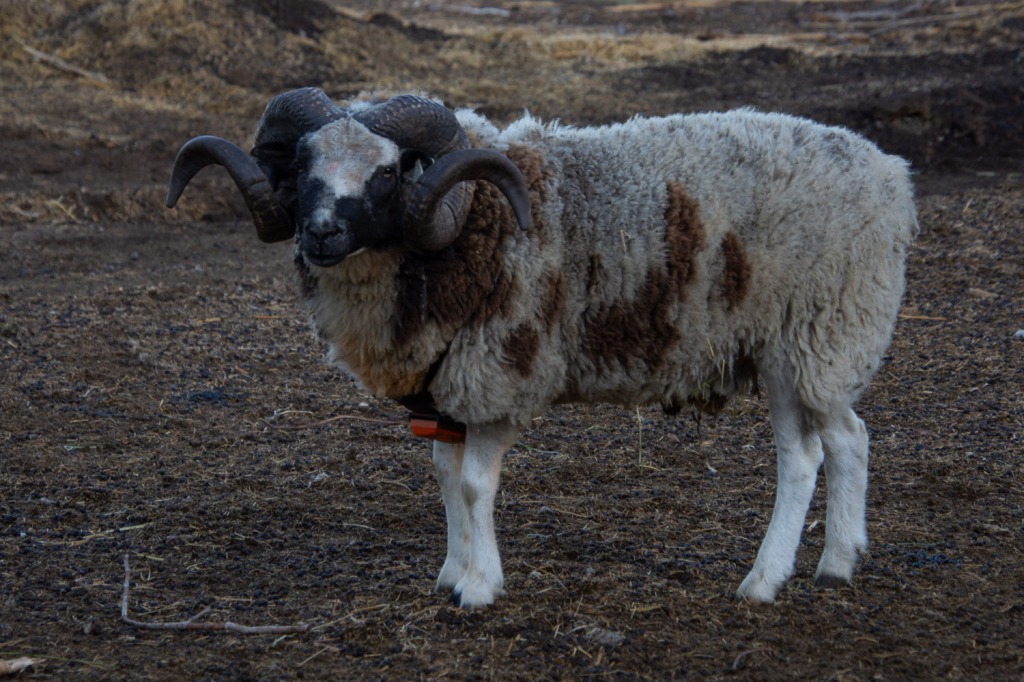
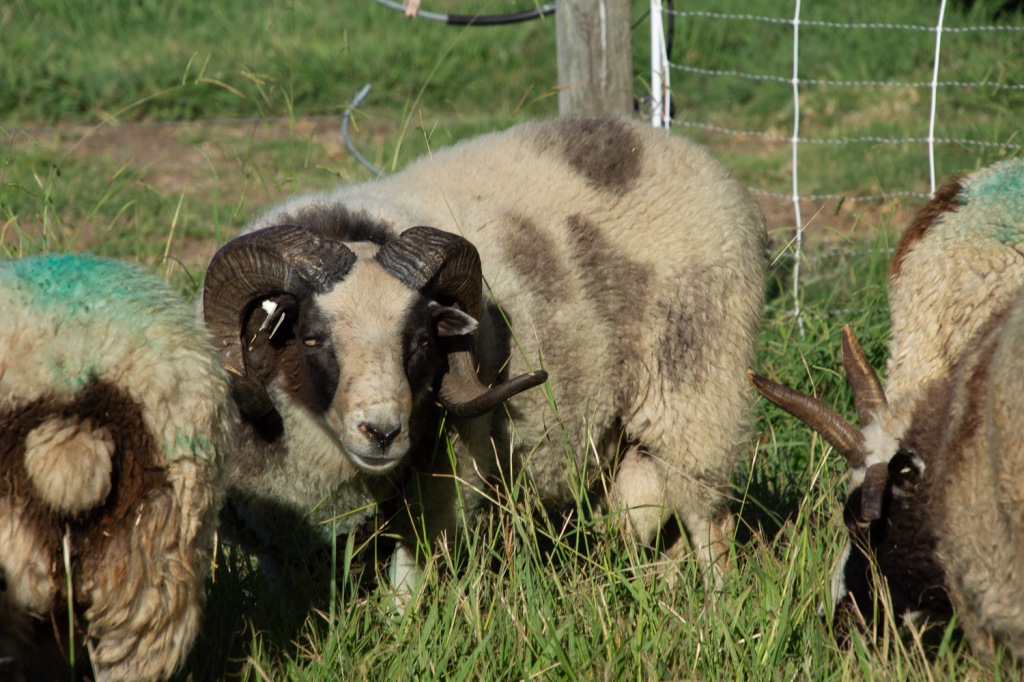
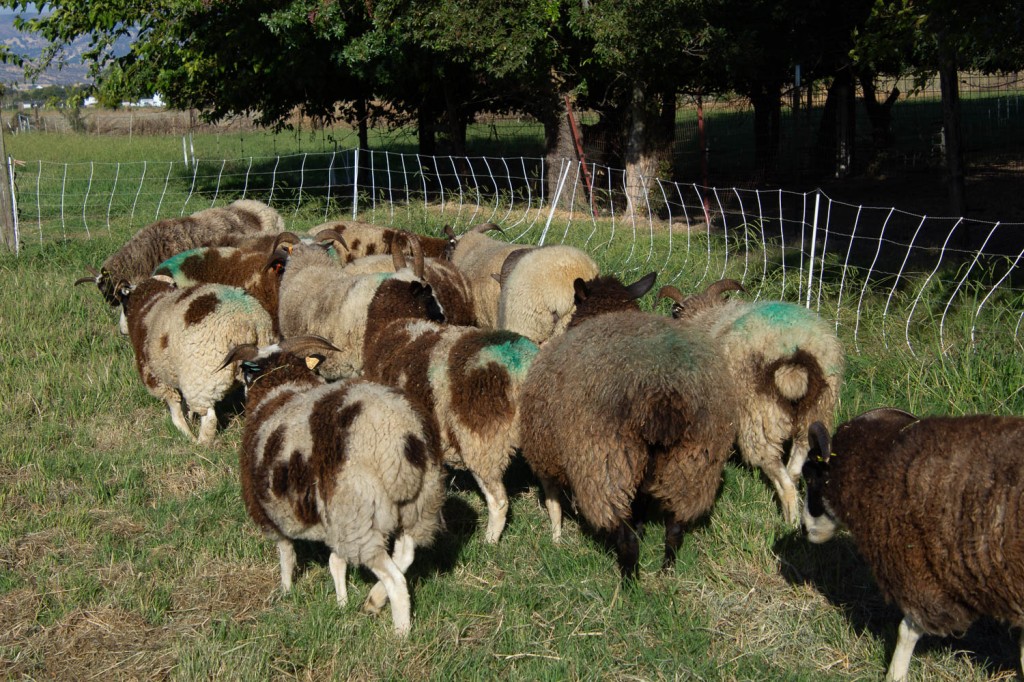
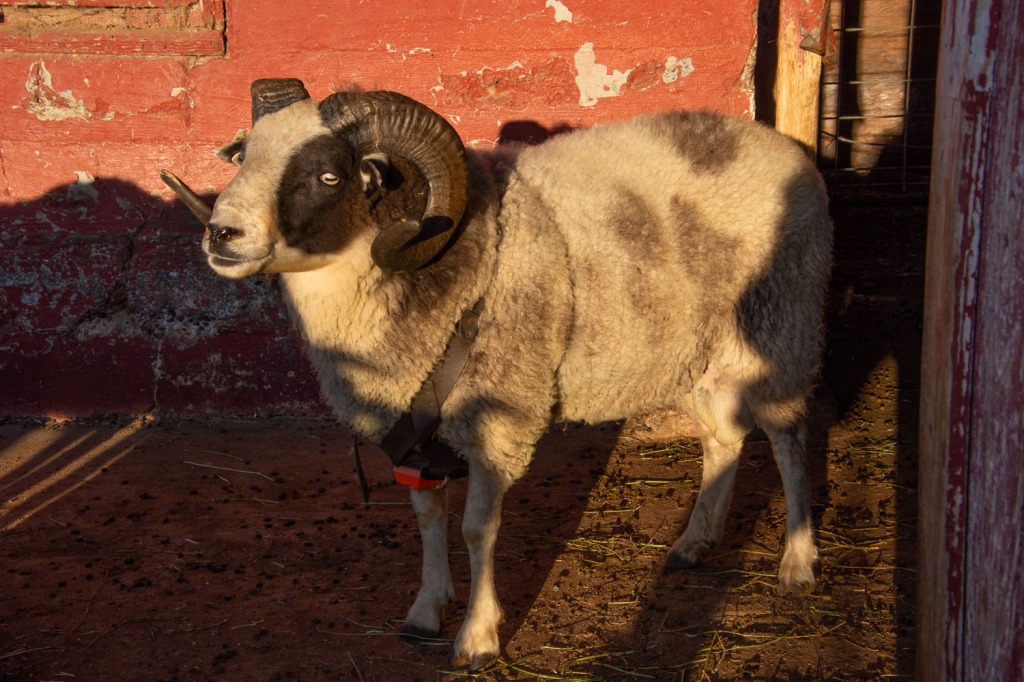
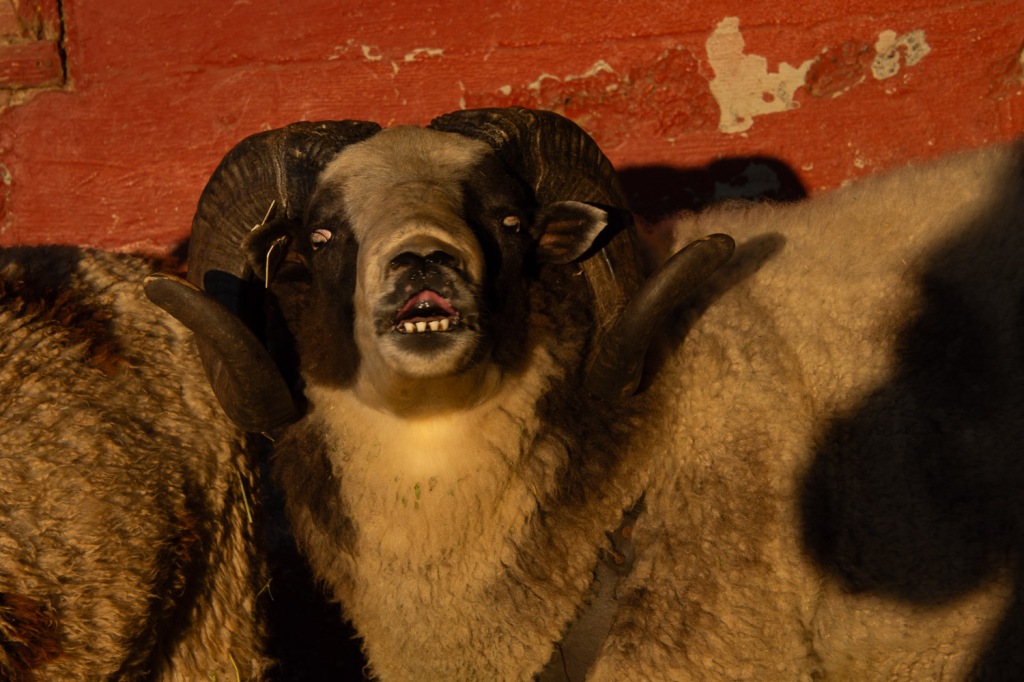
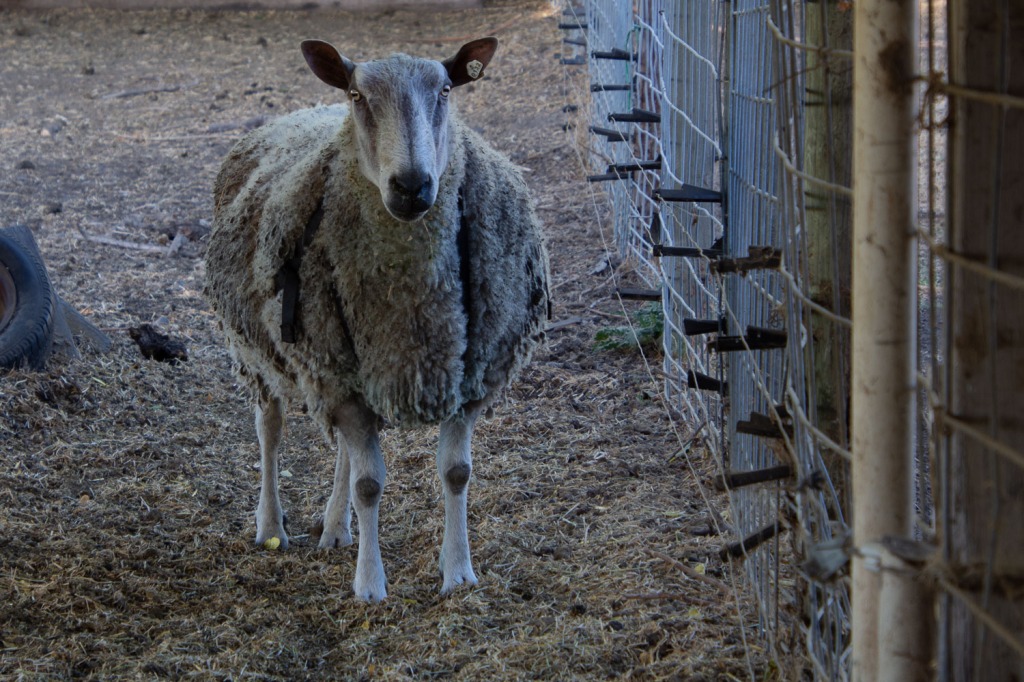


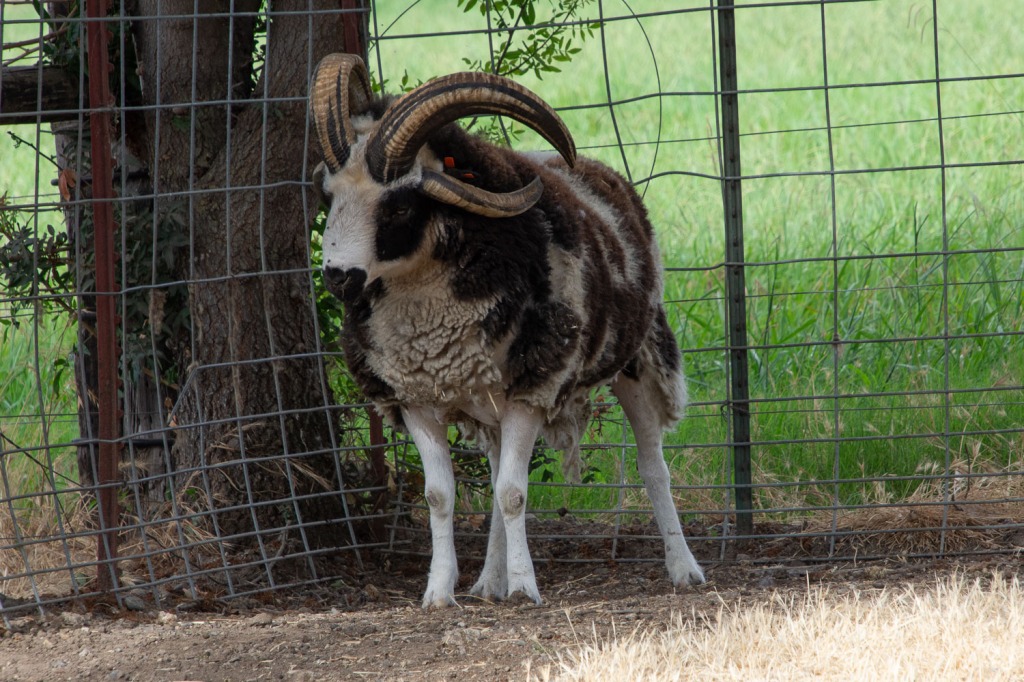
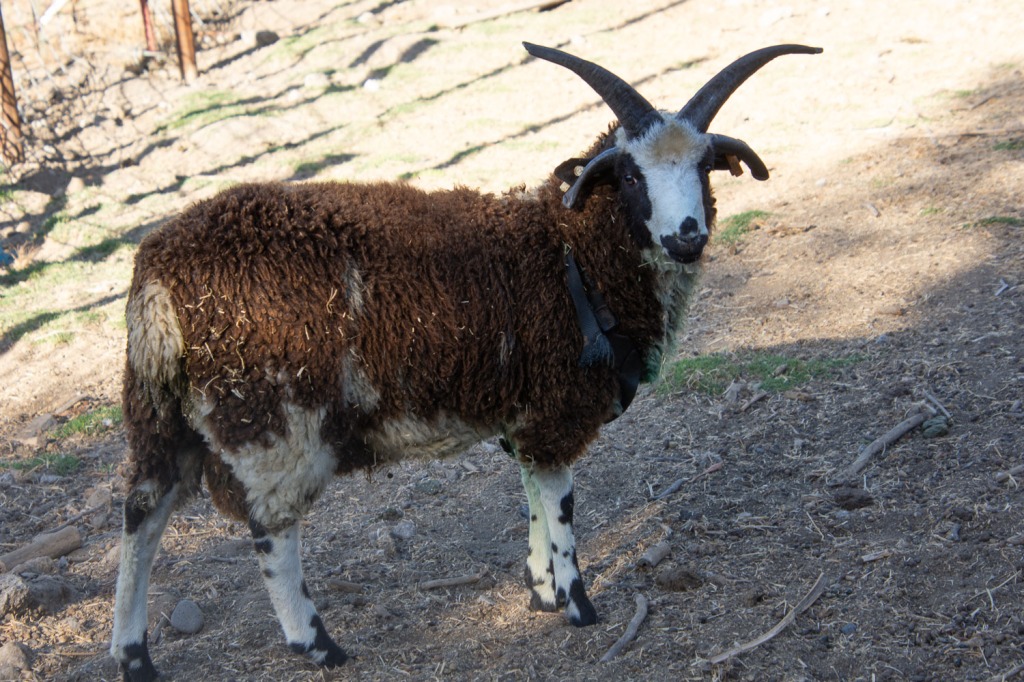
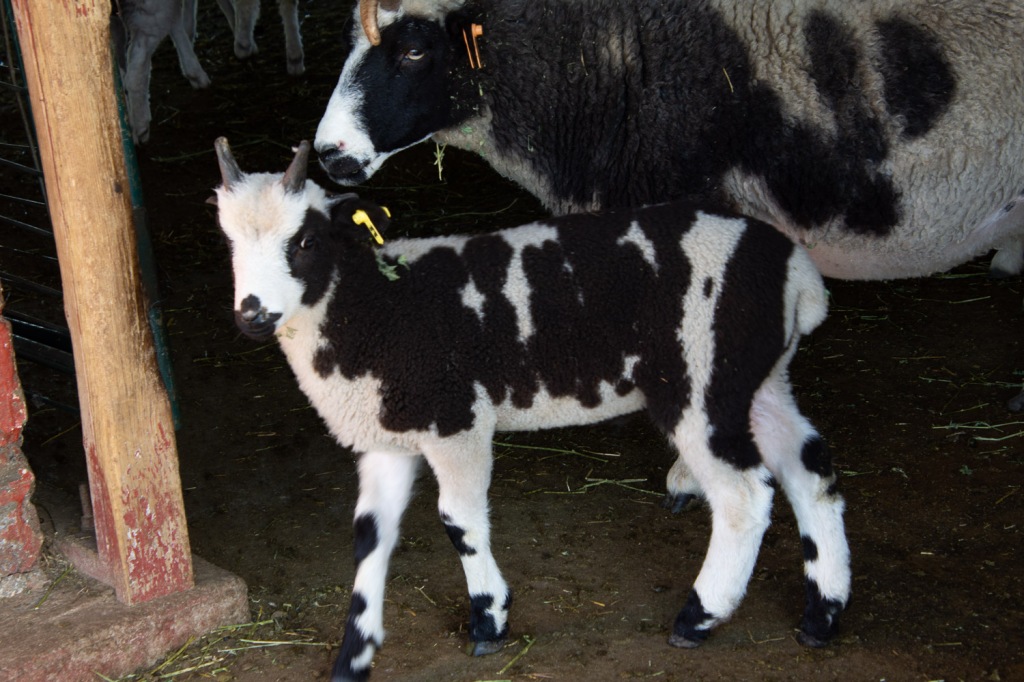
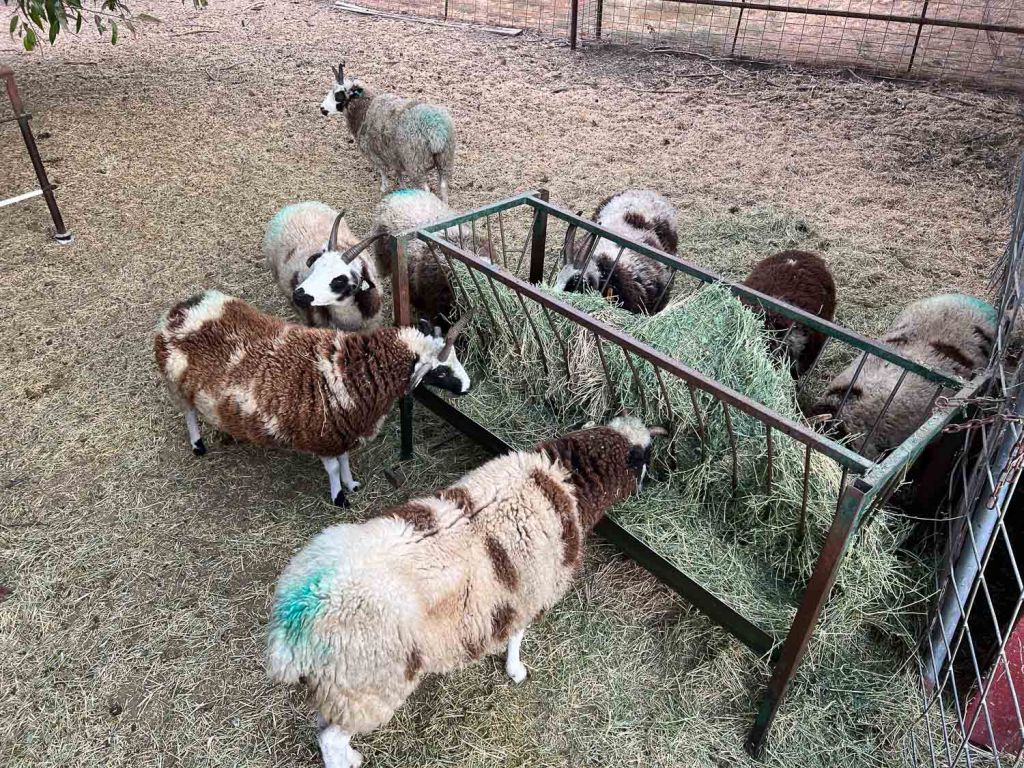
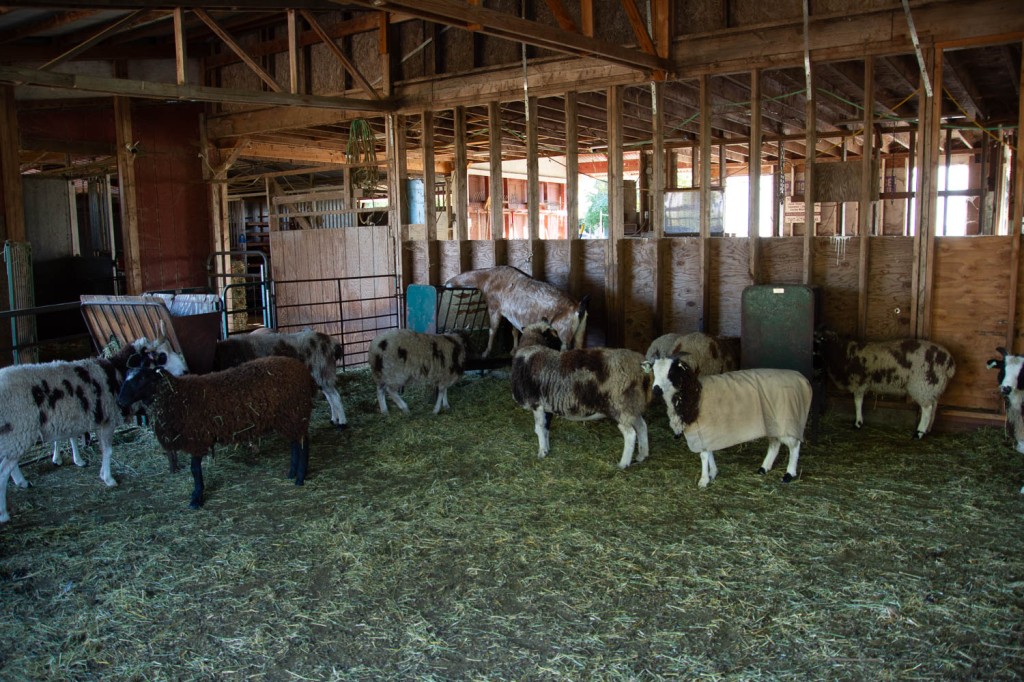
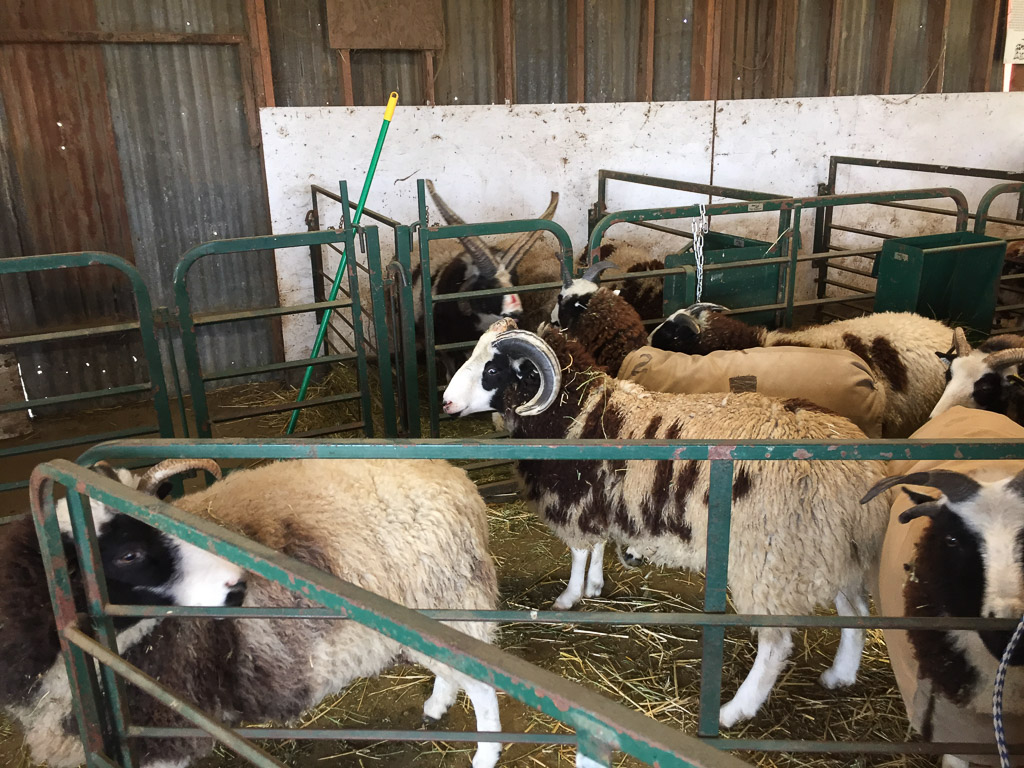 I brought the groups in one at a time and separated the rams. That’s Buster in the pen. His nose is already bloody because he was ramming the panel to try to get to Axle, the young 2-horn ram in the middle of the photo.
I brought the groups in one at a time and separated the rams. That’s Buster in the pen. His nose is already bloody because he was ramming the panel to try to get to Axle, the young 2-horn ram in the middle of the photo. Most of the ewe flock was back together now and that was Clark’s lucky day! That’s him in the background with his head turned away.
Most of the ewe flock was back together now and that was Clark’s lucky day! That’s him in the background with his head turned away.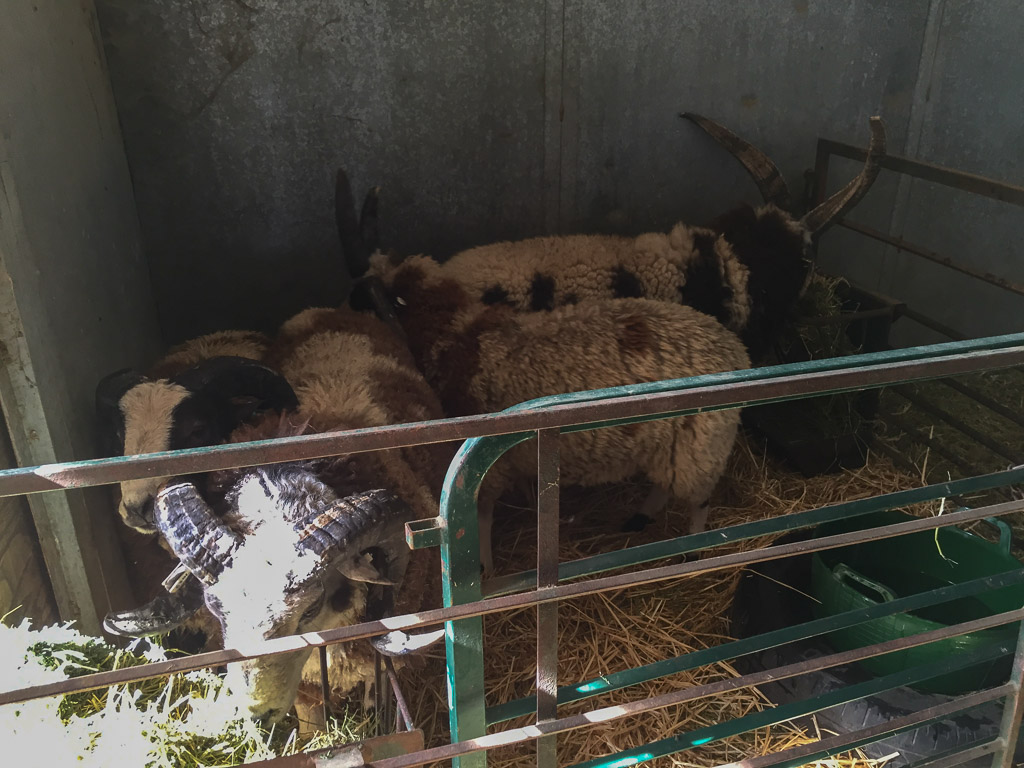 Meanwhile the other four rams went into their “buddy-up” pen. The point of this is that they are confined enough that they can’t do much damage. That doesn’t mean that they don’t hit each other but at least they can’t back up 10 feet and come charging.
Meanwhile the other four rams went into their “buddy-up” pen. The point of this is that they are confined enough that they can’t do much damage. That doesn’t mean that they don’t hit each other but at least they can’t back up 10 feet and come charging.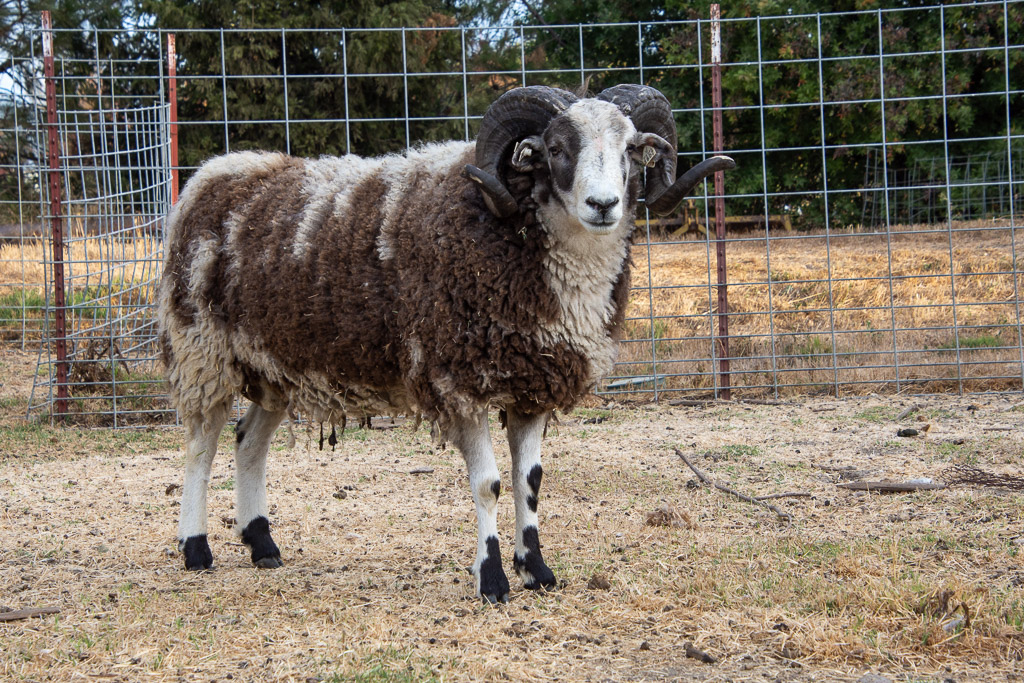 After a few days of learning to be buddies again they went back to the ram pen with minimal fuss. They all had figured out the pecking order. Cayenne (above) is #2.
After a few days of learning to be buddies again they went back to the ram pen with minimal fuss. They all had figured out the pecking order. Cayenne (above) is #2.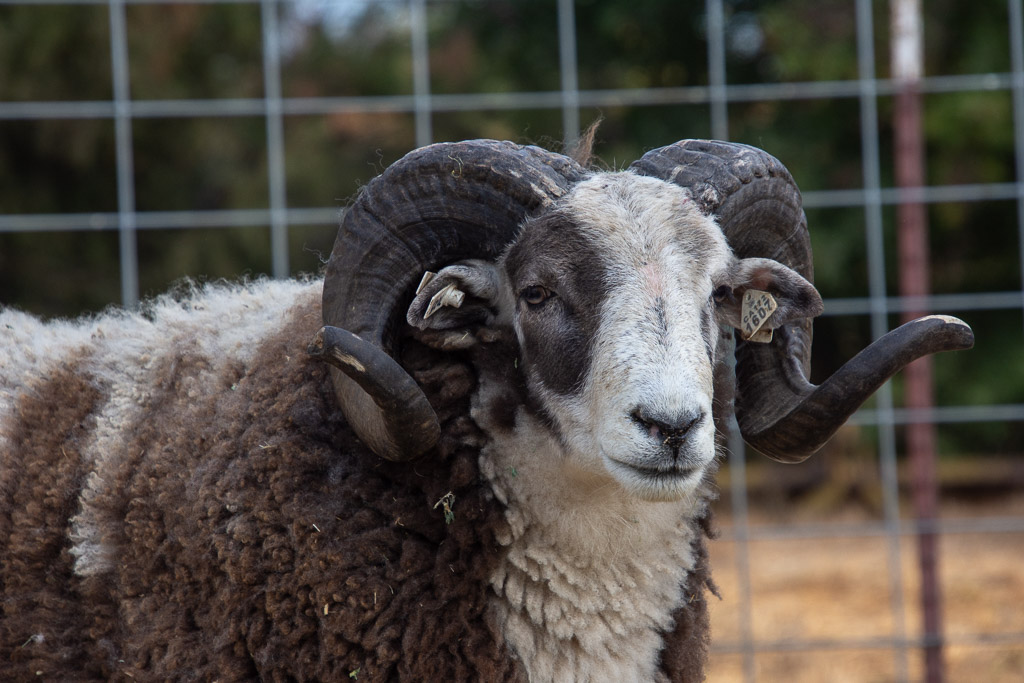 Cayenne. I love a nice two horn head.
Cayenne. I love a nice two horn head.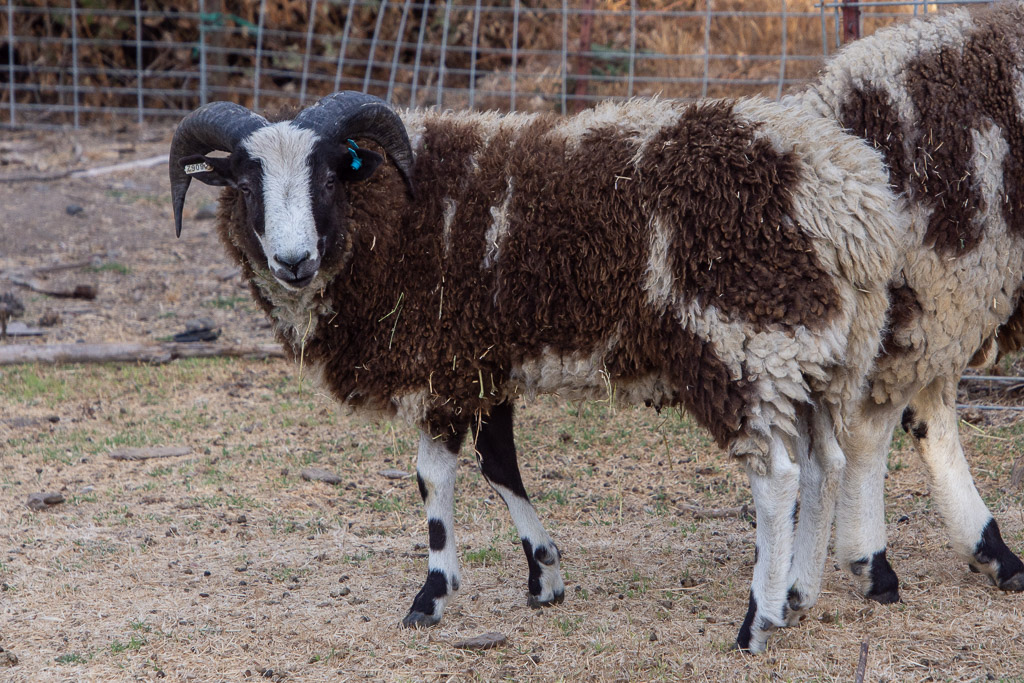 This is Spark, Cayenne’s full brother, born this year. There is the difference a year makes. Cayenne was born last year.
This is Spark, Cayenne’s full brother, born this year. There is the difference a year makes. Cayenne was born last year.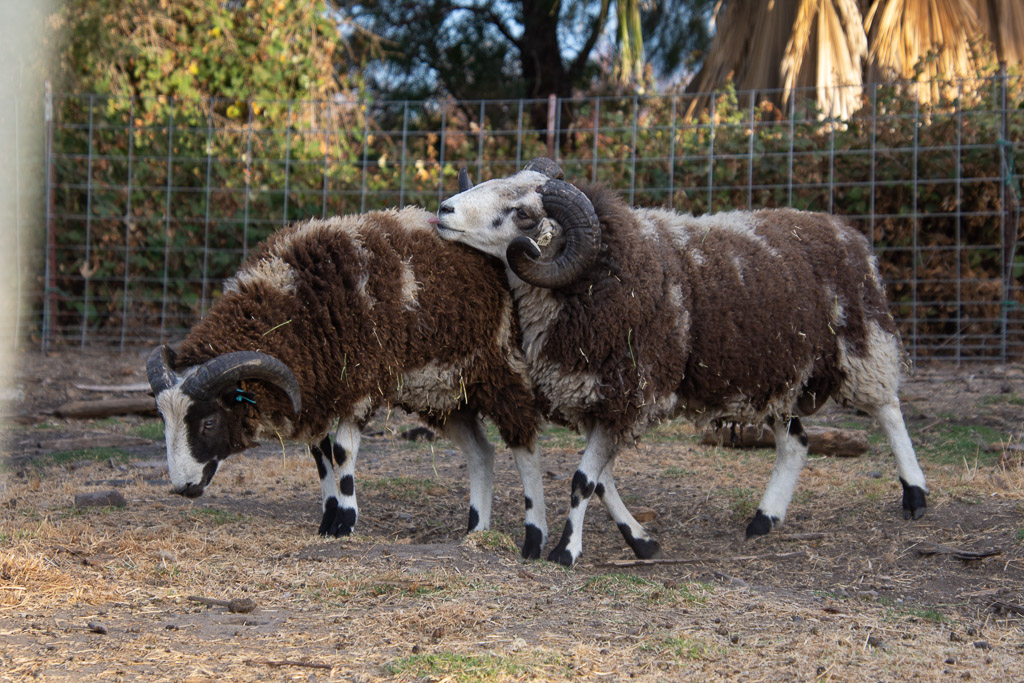 Brothers.
Brothers.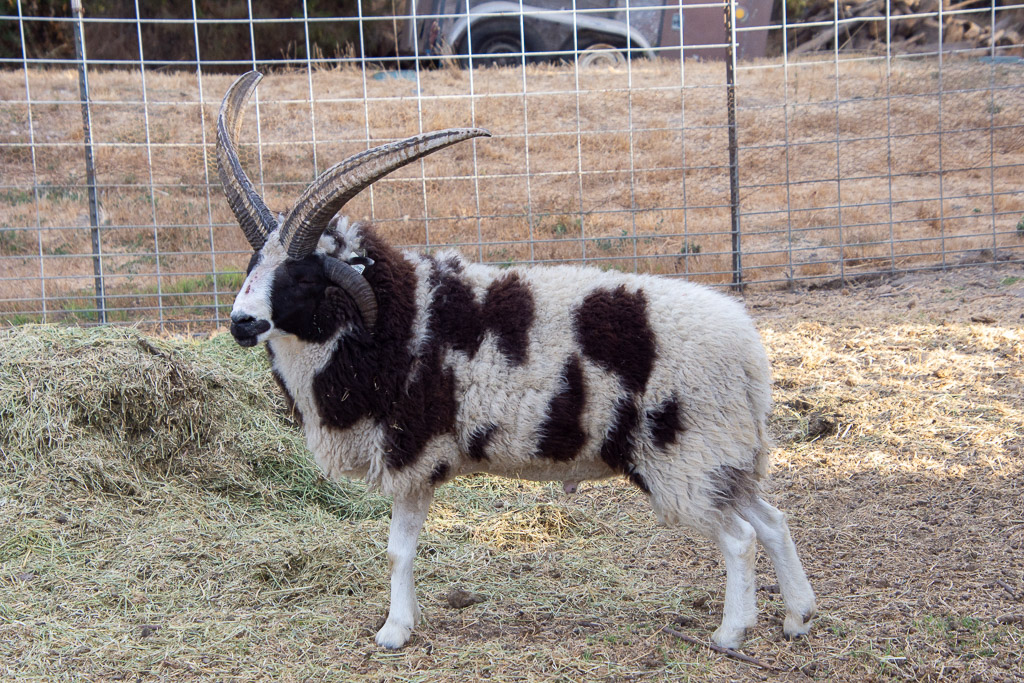 Bide a wee Buster is #1 in the ram pen.
Bide a wee Buster is #1 in the ram pen.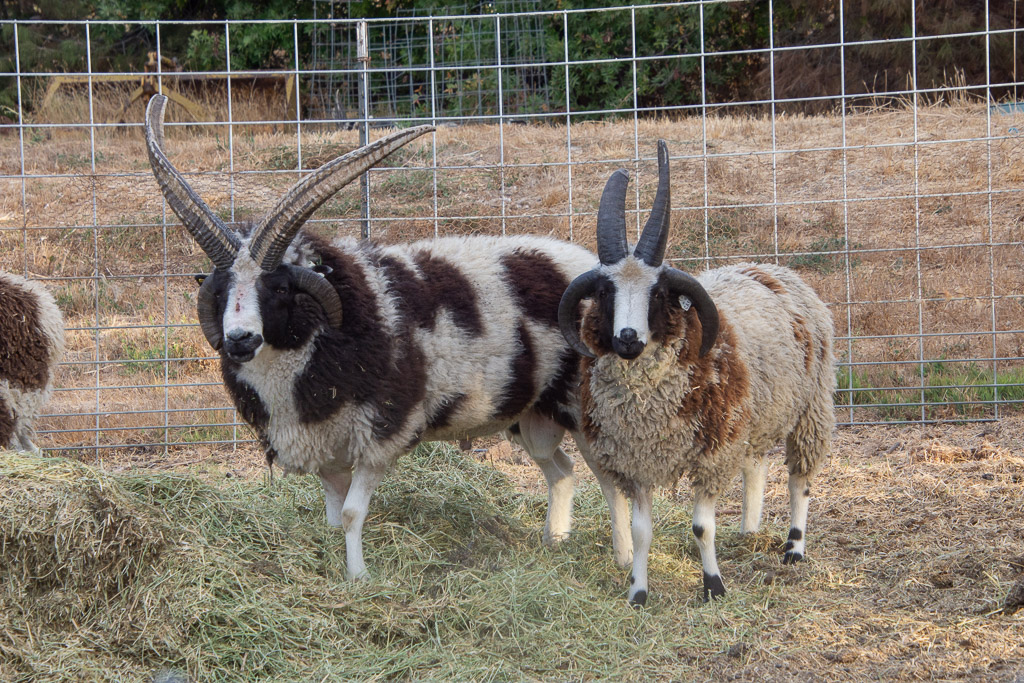 Buster is 3 years old and Clark is his son from this year.
Buster is 3 years old and Clark is his son from this year. 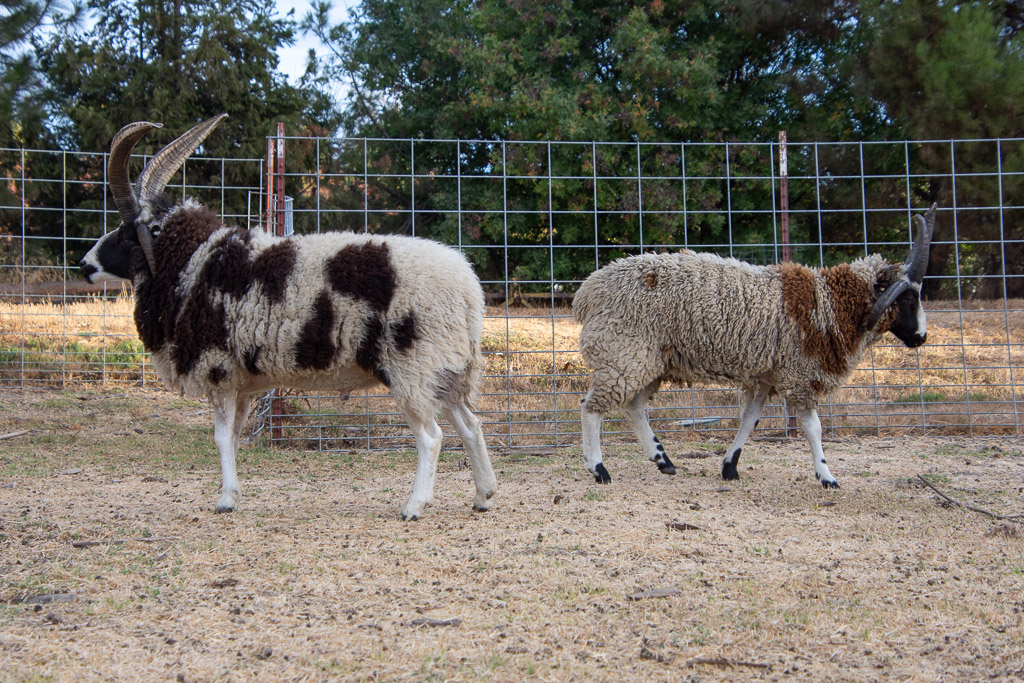 Bookends?
Bookends?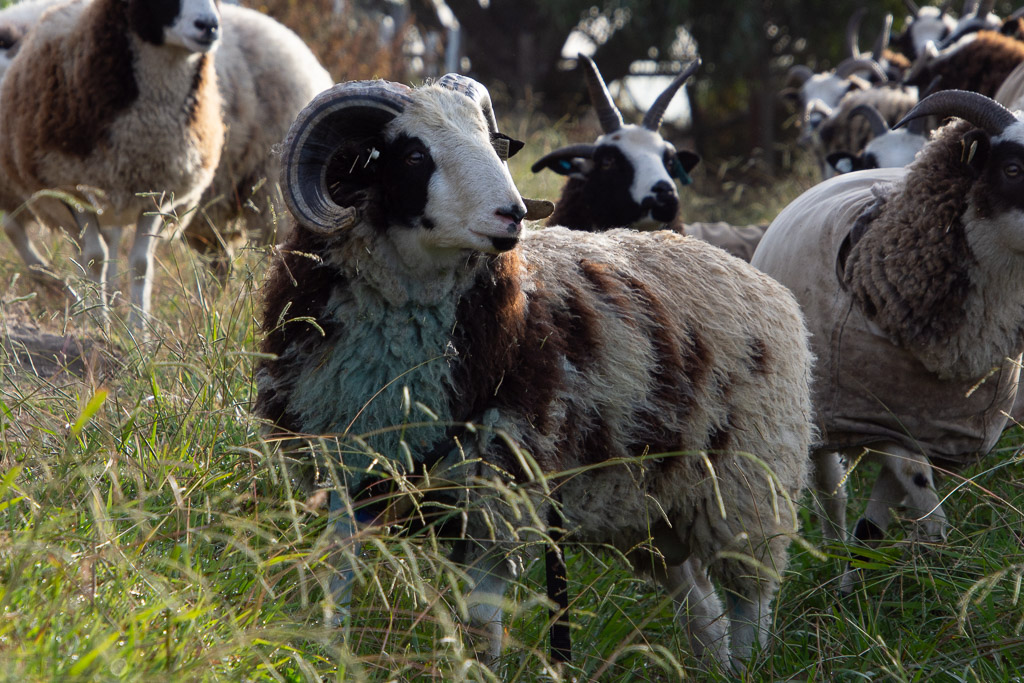 Here’s the lucky ram who gets to stay out with the ewes for another few weeks. This is Axle, also a 2018 ram. He is wearing a blue marker…
Here’s the lucky ram who gets to stay out with the ewes for another few weeks. This is Axle, also a 2018 ram. He is wearing a blue marker…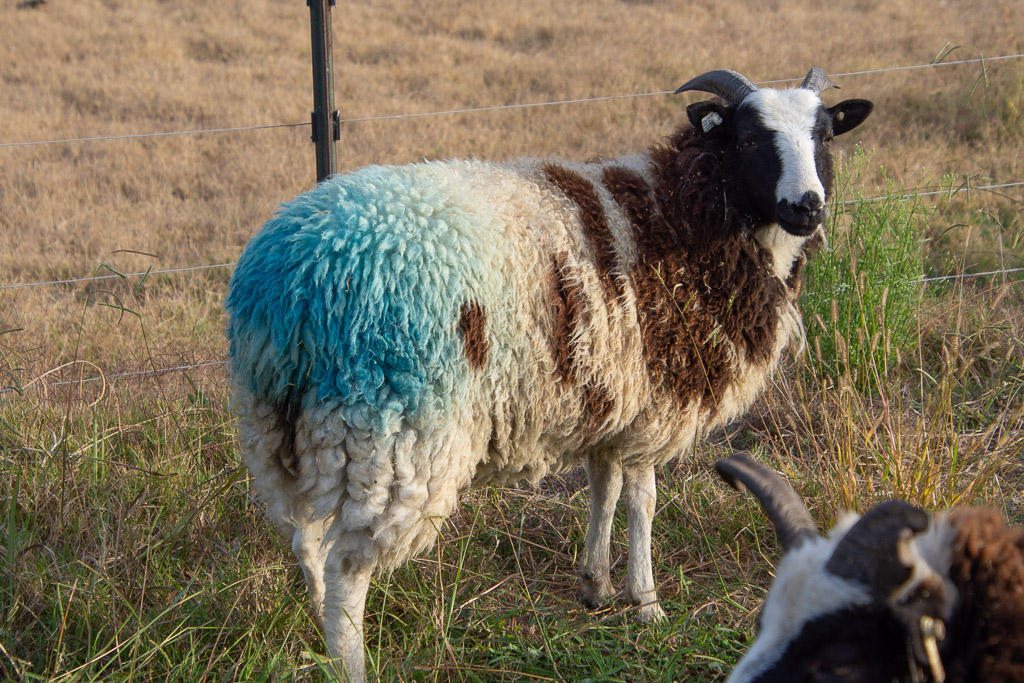 …and I finally saw some real color. This is ewe lamb, Soprano.
…and I finally saw some real color. This is ewe lamb, Soprano.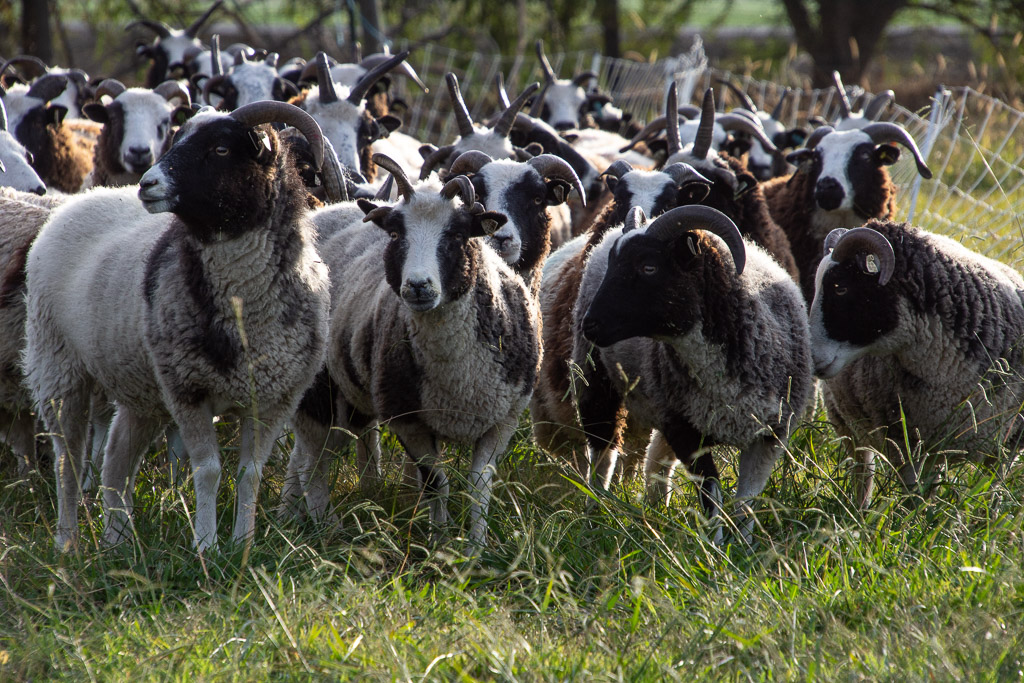 Today I moved most of Peyton’s ewes back to the flock. Three of them were the Pope Valley sheep that came this summer, and they immediately found their two friends. That’s the five or them in the front. Large Triangle, 4-Horn, Small Triangle, White Ear, and Crooked Blaze in the back. (They do have names but I remember them better by what I called them at first.)
Today I moved most of Peyton’s ewes back to the flock. Three of them were the Pope Valley sheep that came this summer, and they immediately found their two friends. That’s the five or them in the front. Large Triangle, 4-Horn, Small Triangle, White Ear, and Crooked Blaze in the back. (They do have names but I remember them better by what I called them at first.)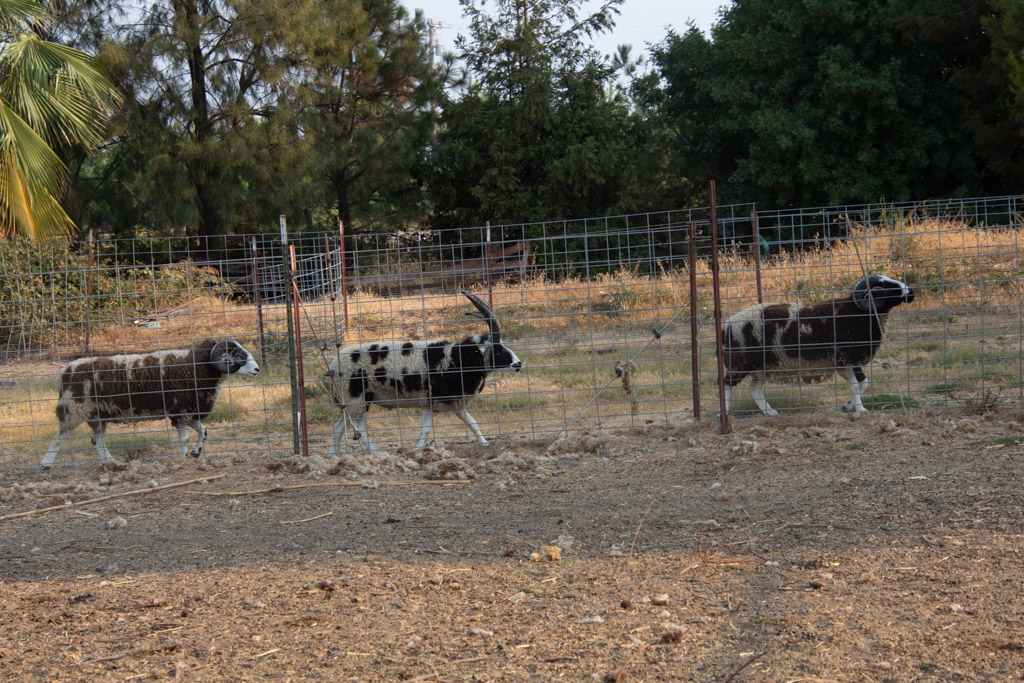 The three big rams come to see what’s going on.
The three big rams come to see what’s going on.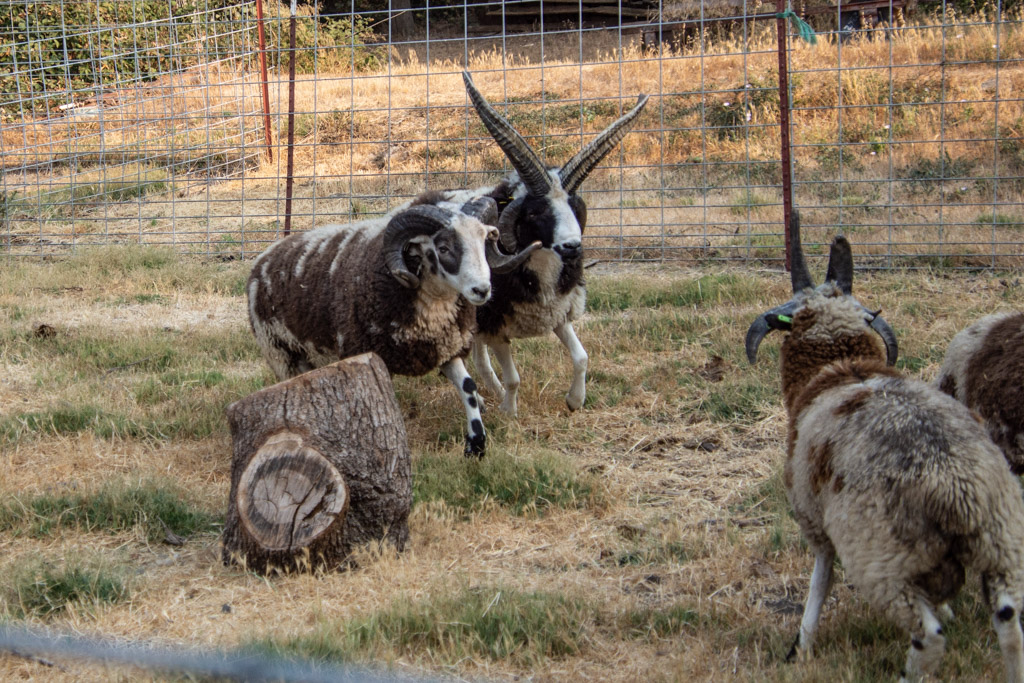 The 2-year old 4-horn is Buster and the yearling 2-horn next to him is Cayenne.
The 2-year old 4-horn is Buster and the yearling 2-horn next to him is Cayenne.  The lambs aren’t named yet but this one is a full brother to the yearling ram that I took to Maryland this spring and who now lives in Pennsylvania.
The lambs aren’t named yet but this one is a full brother to the yearling ram that I took to Maryland this spring and who now lives in Pennsylvania.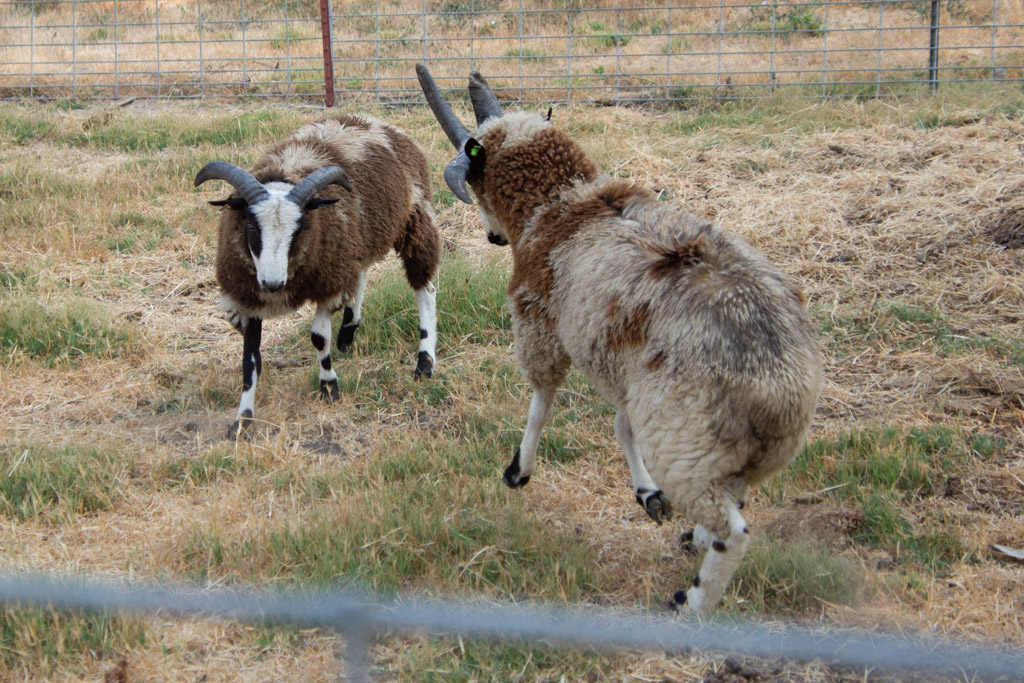 Since the young rams can’t find the older rams they will fight among themselves. That two horn lamb is a full brother to Cayenne in the photos above.
Since the young rams can’t find the older rams they will fight among themselves. That two horn lamb is a full brother to Cayenne in the photos above.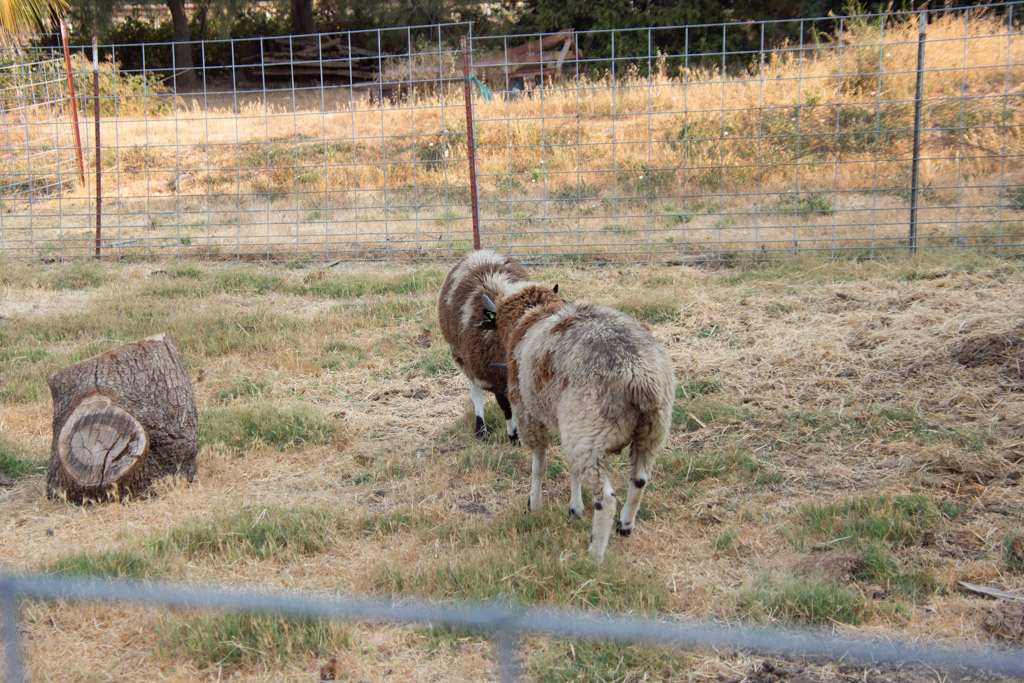
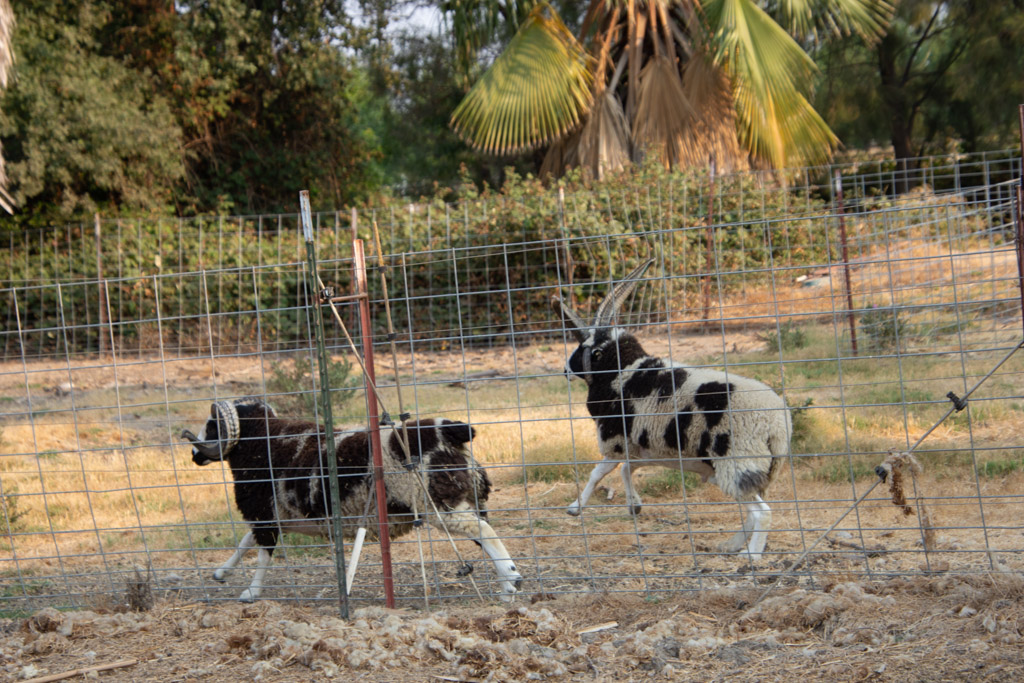 Buster again and that two horn yearling is Gotham (
Buster again and that two horn yearling is Gotham ( Gotham chasing the lambs.
Gotham chasing the lambs.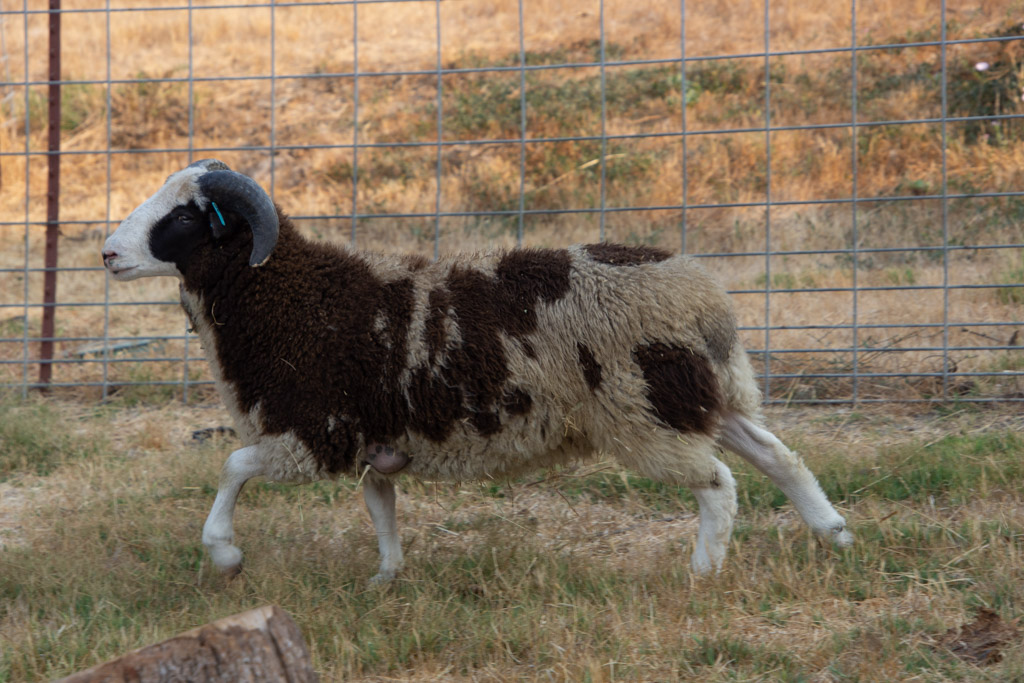 This is the other two-horn lamb that I’m keeping for now.
This is the other two-horn lamb that I’m keeping for now.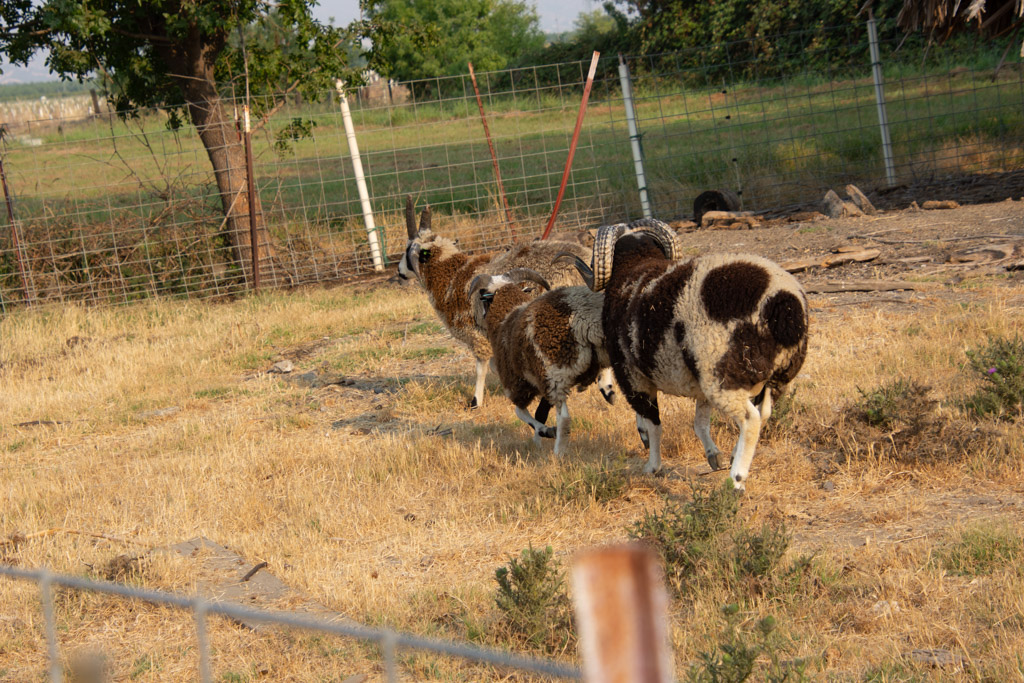 Gotham in pursuit.
Gotham in pursuit.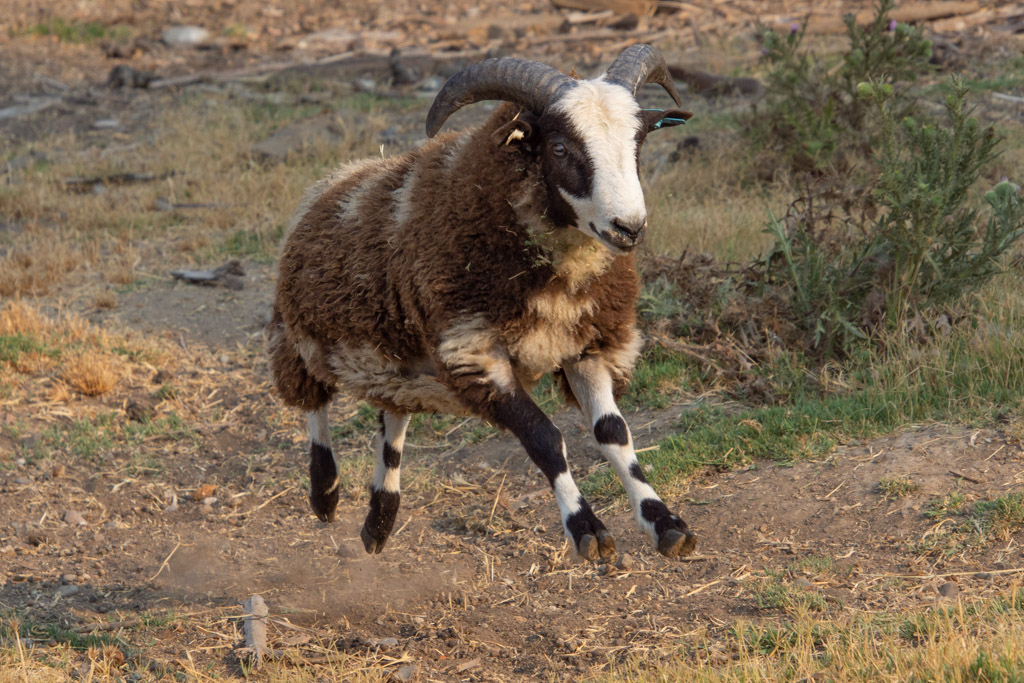 This young guy has got moves!
This young guy has got moves! This is Cayenne…
This is Cayenne…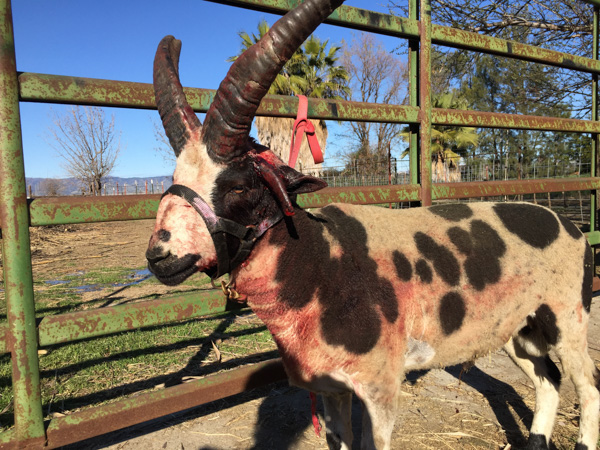 …and this is Serrano. Yearling rams trying to figure out who is boss. I think most of the blood came from a fifth horn that was behind Serrano’s lower horn–that horn is gone now. I’m not sure who won. Neither of them seemed to be feeling very good for a day or two.
…and this is Serrano. Yearling rams trying to figure out who is boss. I think most of the blood came from a fifth horn that was behind Serrano’s lower horn–that horn is gone now. I’m not sure who won. Neither of them seemed to be feeling very good for a day or two.


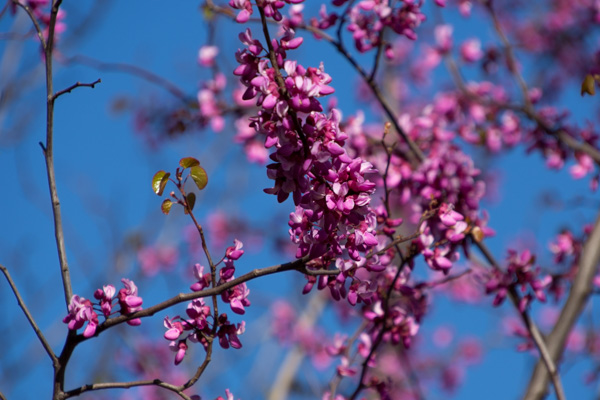 The
The  Estelle and lambs.
Estelle and lambs.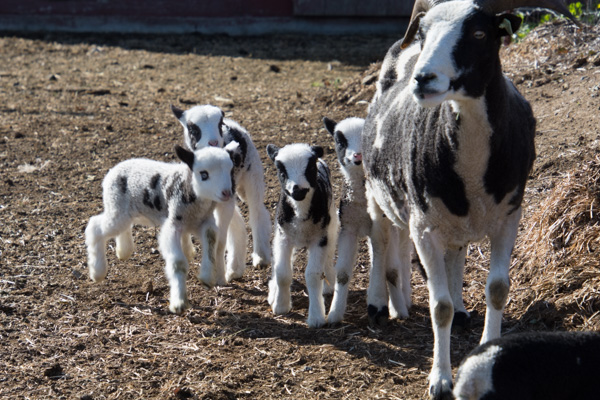 Ht Lips and her triplets plus an extra.
Ht Lips and her triplets plus an extra.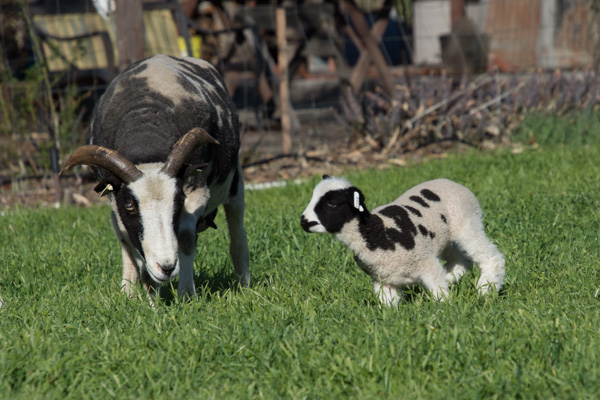
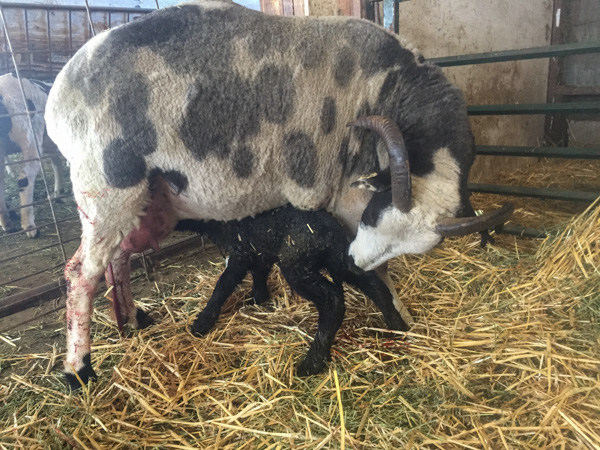 Back in the barn lambing has continued at quite a clip. This is Fandango and her BFL-cross lamb.
Back in the barn lambing has continued at quite a clip. This is Fandango and her BFL-cross lamb.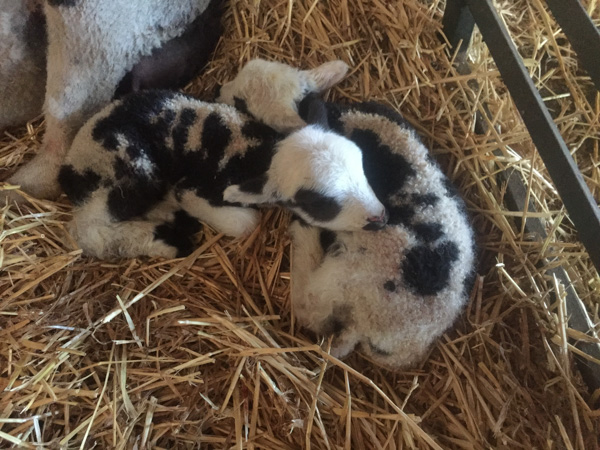 Vixen’s twins.
Vixen’s twins.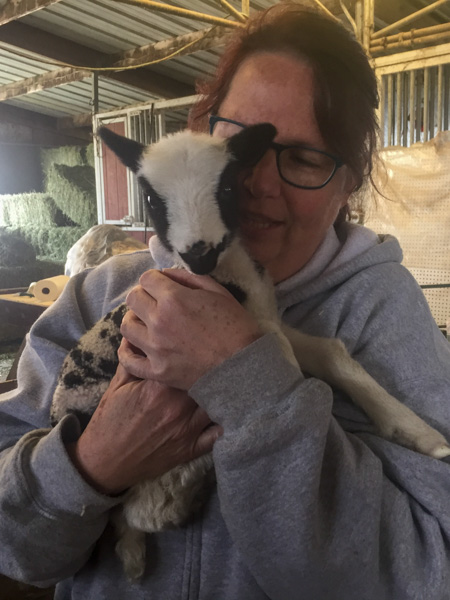 There are plenty of lambs to cuddle.
There are plenty of lambs to cuddle.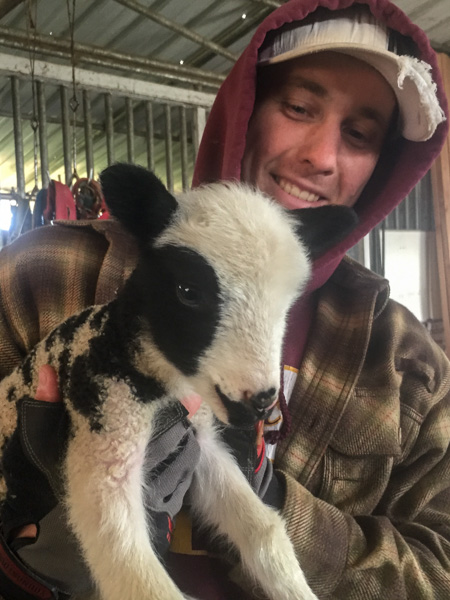
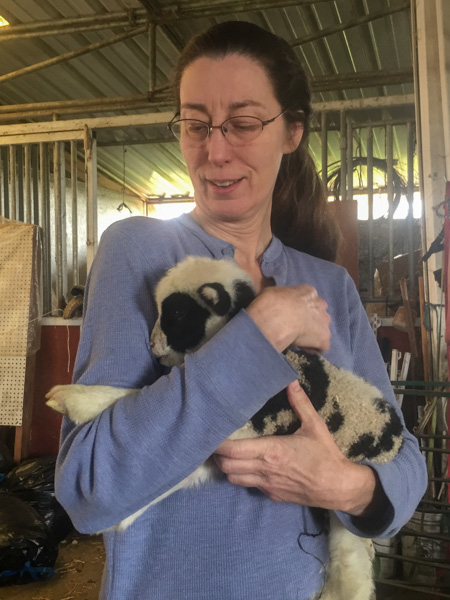
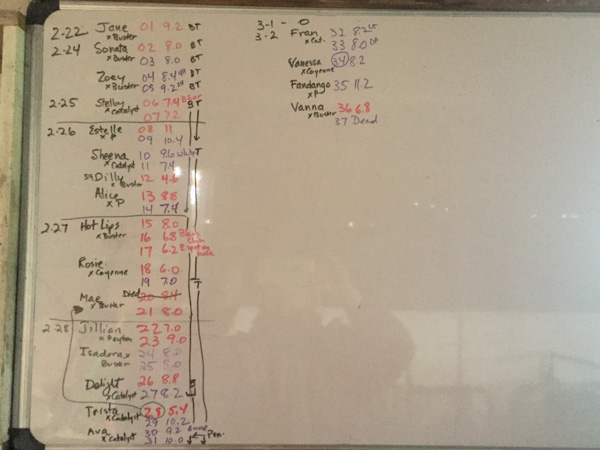 Here is the lambing count a week ago.
Here is the lambing count a week ago. 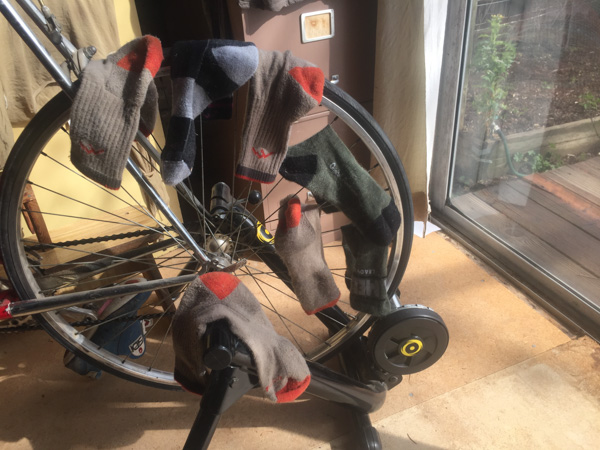 My bike set up on a trainer in the house. The only use it is getting right now is as a sock drying rack right.
My bike set up on a trainer in the house. The only use it is getting right now is as a sock drying rack right.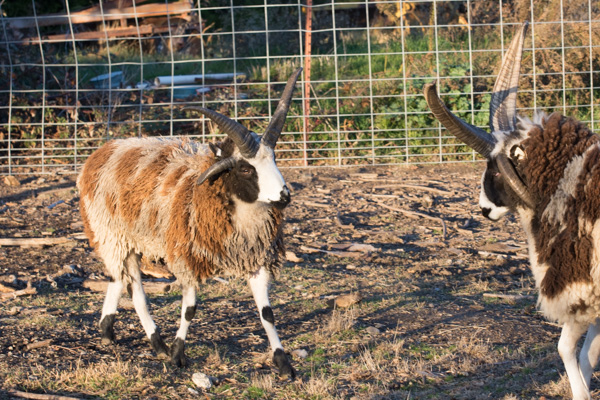 This is Serrano and his dad, Buster.
This is Serrano and his dad, Buster.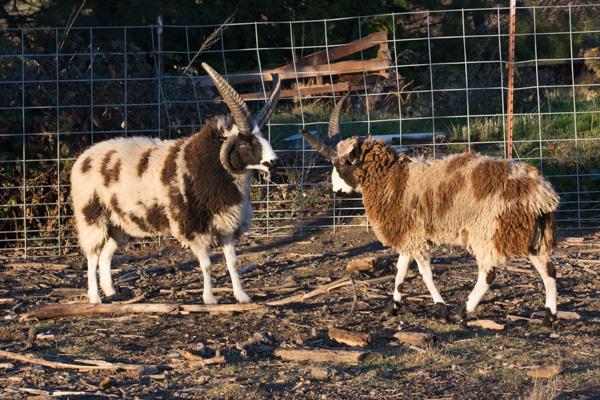 One of these days, Serrano may come out the boss.
One of these days, Serrano may come out the boss.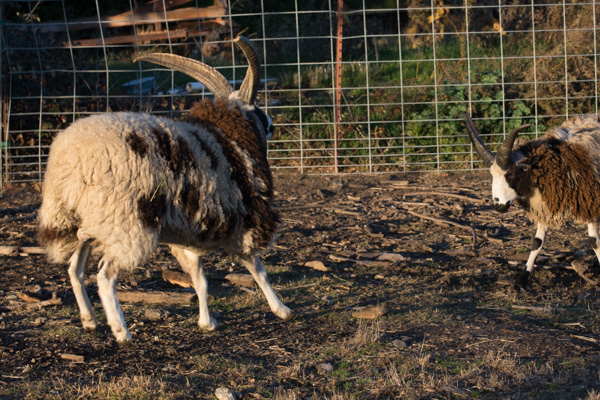 But not yet.
But not yet.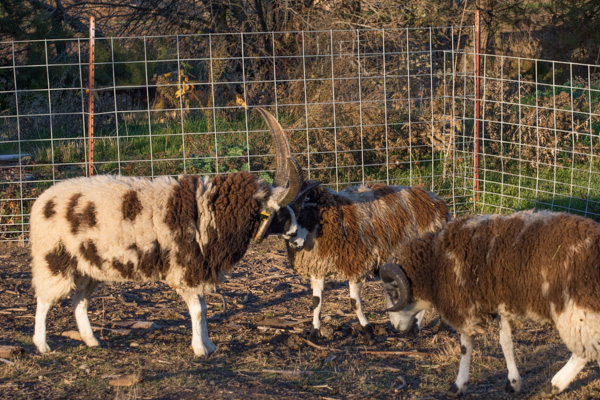
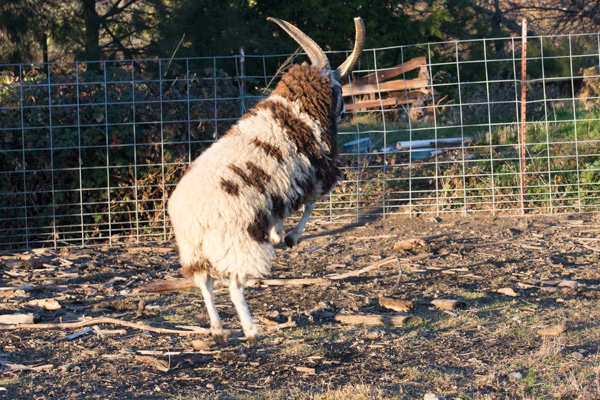
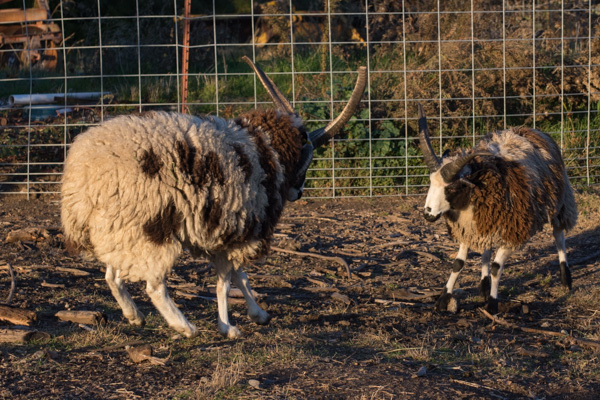
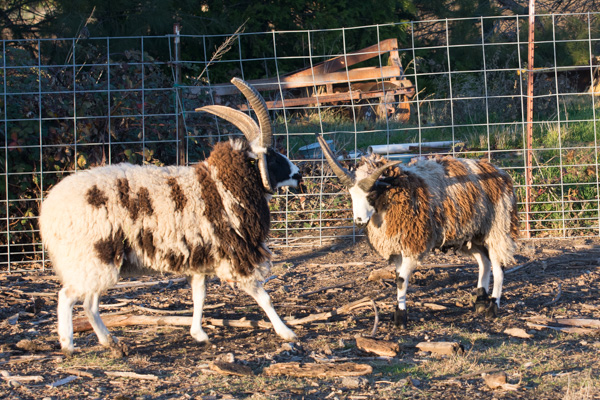
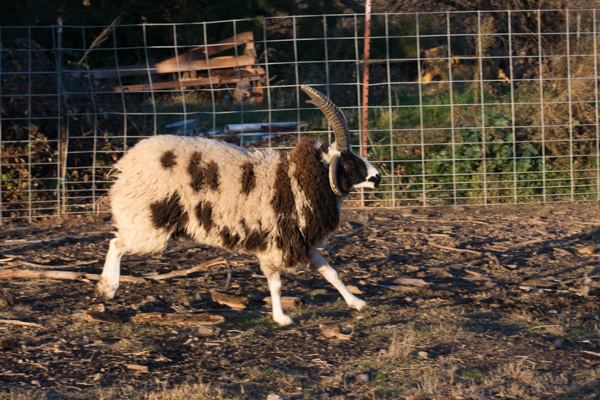 Buster is still boss.
Buster is still boss.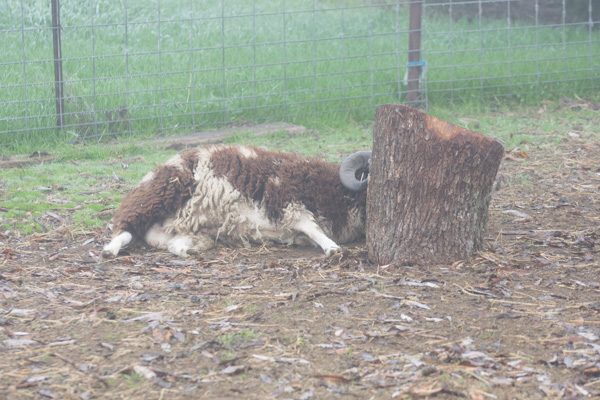 This is Gotham sleeping on a foggy morning. When the rams lie with their heads propped up by their horns they do look dead.
This is Gotham sleeping on a foggy morning. When the rams lie with their heads propped up by their horns they do look dead.